The resident historian of the Cape Hatteras Lighthouse
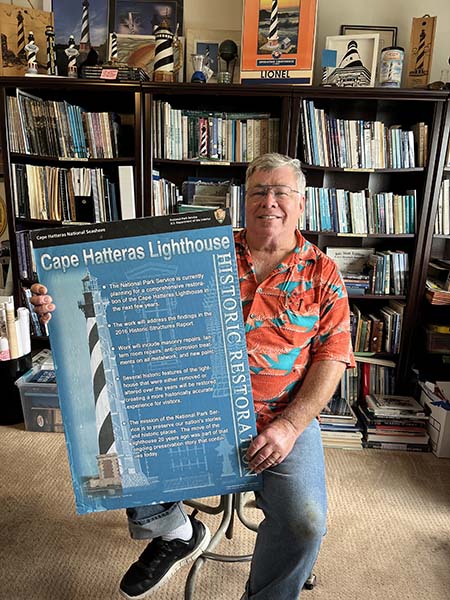
By Mary Ellen Riddle from OuterBanksVoice.com
Salvo resident John Havel, the editor and publisher of Lighthouse News, the Outer Banks Lighthouse Society’s award-winning newsletter, admits to being obsessed with the Cape Hatteras Lighthouse.
Since a visit there in 2003, he has spent the last two decades researching the structure. That helps explain why in June, he was named as official historic preservation consultant to Stone & Lime Historic Restoration Services, Inc, the primary contractor for the $19.2 million Cape Hatteras Lighthouse restoration project currently in the works. “I feel like a kid at Christmas,” says Havel, who serves as chair of the Friends of the Outer Banks History Center. “It’s an incredible honor. I am deeply moved by it, and gratified.”
As the historic preservation consultant, Havel is an on-call historian for the Lighthouse to respond to any needs the contractor(s) might have regarding how it was built in 1870 and what, when, and how previous repairs and changes were made to the Lighthouse.
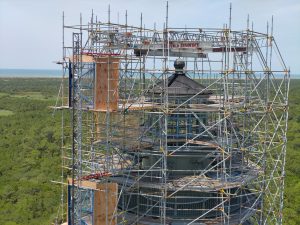
Havel’s research led him to the copy of the original 1869 drawings for the facility. He began collecting old postcards of the lighthouse that he found in Manteo shops. He learned that the sepia-toned images by Herbert Bamber were the earliest known photographs of the lighthouse, taken 23 years after it was built.
In his effort to understand the history, construction and materials used to create the Lighthouse, Havel also did research at the National Archives in Washington DC, Maryland and Philadelphia, as well as at the local National Park Service archives, the Coast Guard Historian’s office in Washington DC, International Chimney Company in Buffalo, New York, and other related archives, libraries and online repositories.
“The 1870 Cape Hatteras Lighthouse has the most elaborate Victorian-style ironwork and stonework of any lighthouse in America,” says Havel. “I believe it easily ranks within the top ten American monuments along with the Statue of Liberty, the Golden Gate Bridge, Mount Rushmore, and the Washington Monument,” he says.
Havel points out that if you go to Amazon.com and Google, you will find over 10 pages of books dealing with the building and history of those other structures. But do the same for the Cape Hatteras Lighthouse—and you find three books.
“The simple fact is that early on, I was stunned by the lack of history and knowledge of this incredible piece of American architecture, and that was enough to propel me down a path of research, discovery, and documentation,” he says.
Havel has myriad Cape Hatteras Lighthouse statues in his home and the license plate on his red
Jeep reads CHLH. There is a flood of lighthouse-related data in his brain. His warehouse of knowledge is helping contractors restore or replace a number of things, including the lighthouse’s cast iron fence that was removed in 1920. The son of an ironworker, Havel did design drawings of the original cast iron fence. They are aiding contractors in reconstructing a replacement.
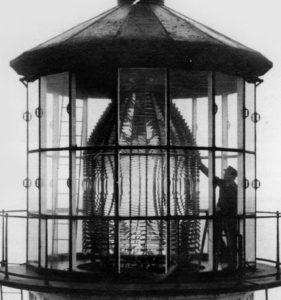
“I had actual replica spearpoints cast back in 2016 that are identical, or reasonably so, to the originals,” he says. “I have provided these materials to Stone & Lime, and they have passed them on to Allen Architecture, who is looking them over and will make a decision on how they can help in the manufacturing of the new replica fence.”
Havel was also hired to assist subcontractor Dan Spinella of Artworks Florida, Classic Fresnel Lenses because of his knowledge of the lens, including the weight system and the clock work. Spinella is building a replica first-order Fresnel Lens for the Lighthouse, which Havel says will be the first one in the country of that size.
“The replica first-order Fresnel Lens is, without a doubt, the cherry on the top!” he declares.
Havel envisioned a renovation of the Cape Hatteras Lighthouse back in 2014. At the Outer Banks Lighthouse Society Keeper’s Weekend dinner at the Graveyard of the Atlantic Museum that year, he presented a PowerPoint presentation entitled “Illuminating the Past: A Vision for the Future of the Cape Hatteras Lighthouse.”
The proposal included what Havel deemed the four major character-defining features of the Lighthouse that needed to be focused on. These included the original iron fence, the two sets of interior doors, the six cast iron pediments, and the installation of a reproduction Fresnel Lens. Ten years later, these features are being included in the current Park Service restoration plan as the four key components.
“Mr. Havel and the Outer Banks Lighthouse Society have been long-standing partners of the park on the preservation of the historic lighthouses and maritime history at Cape Hatteras National Seashore,” says Mike Barber, Public Affairs Specialist for the Cape Hatteras National Seashore. “They have often shared the results of their research and those results have improved the quality and quantity of information available to design and implement historic structures preservation projects.”


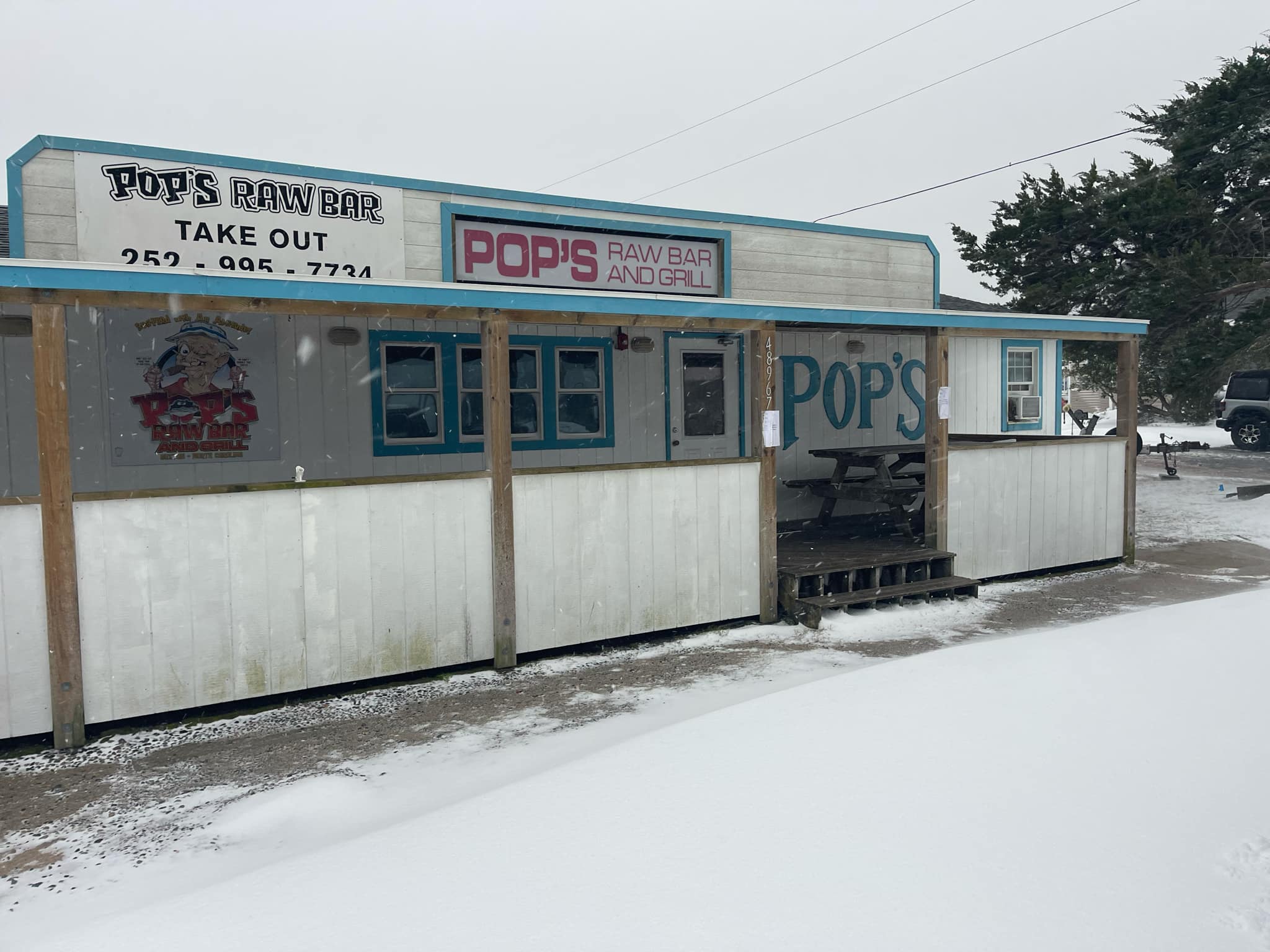
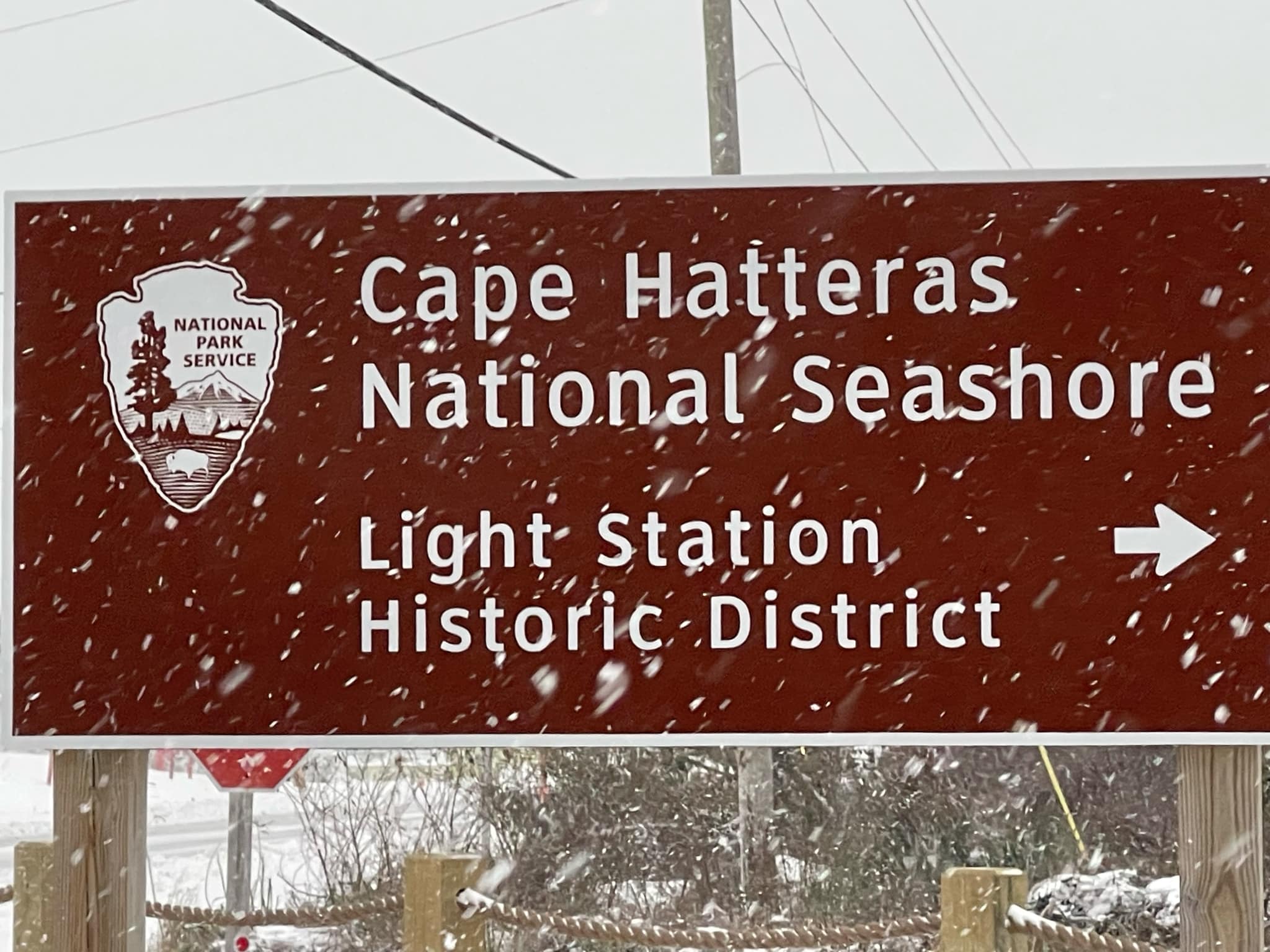
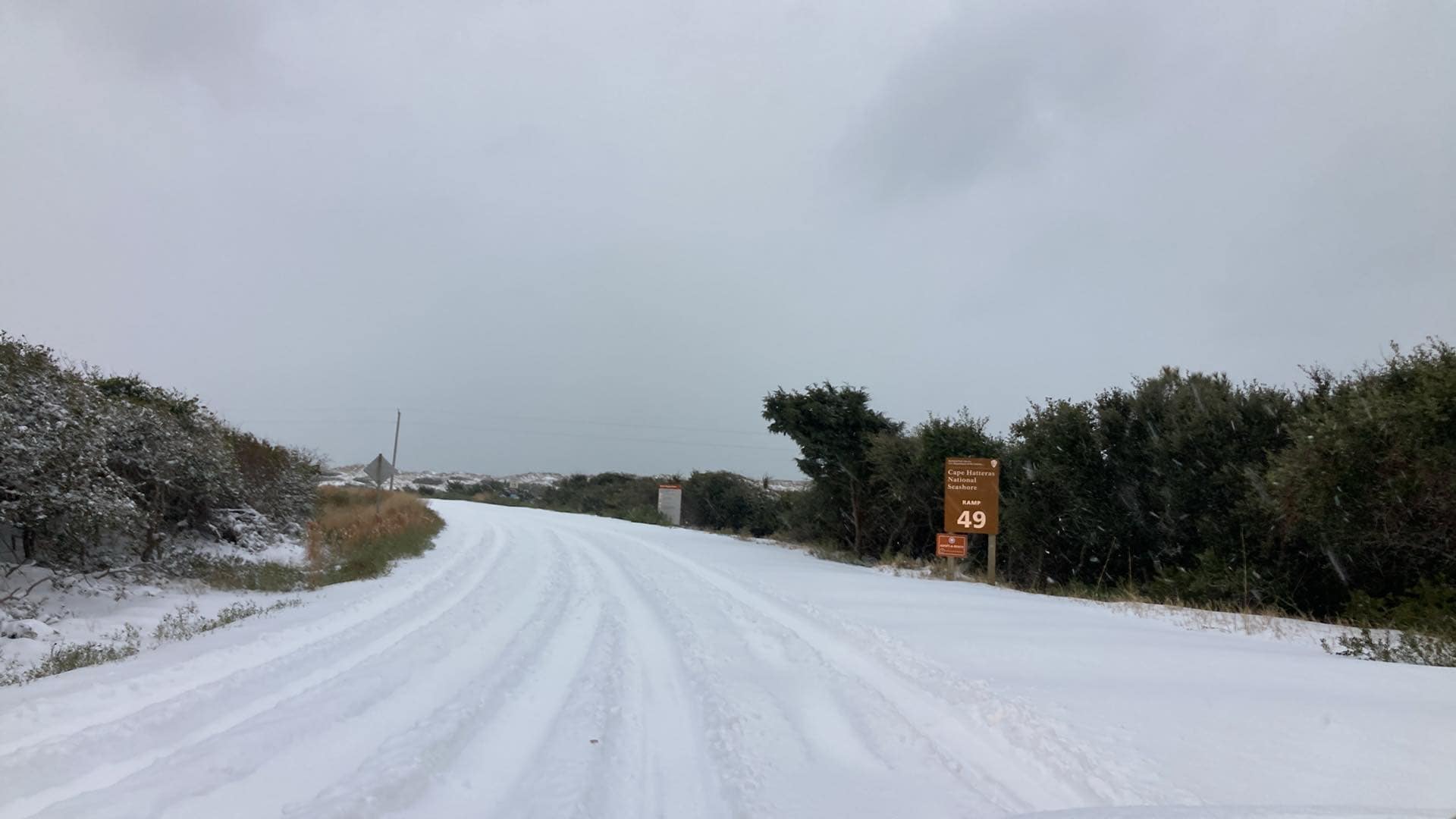

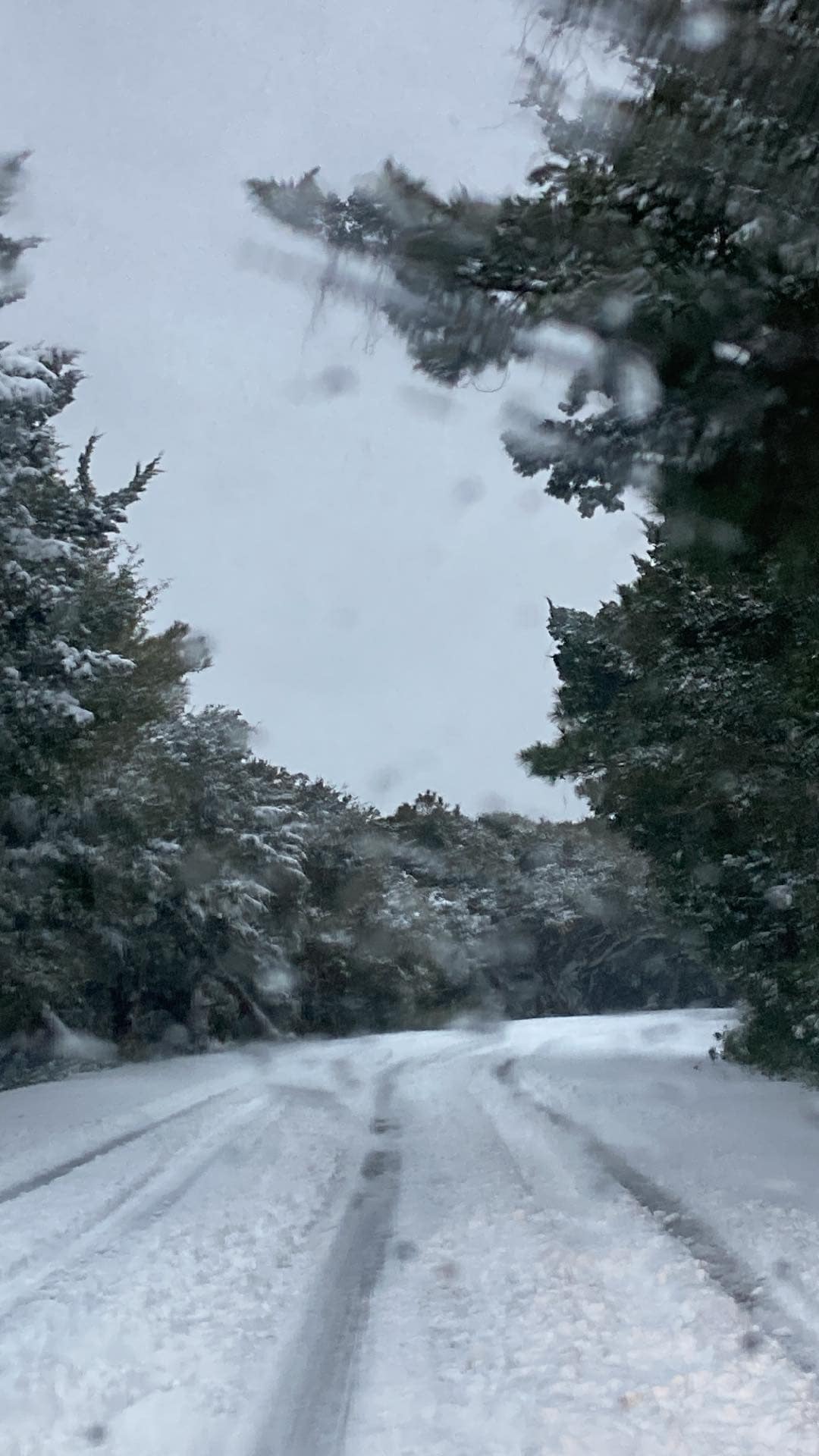
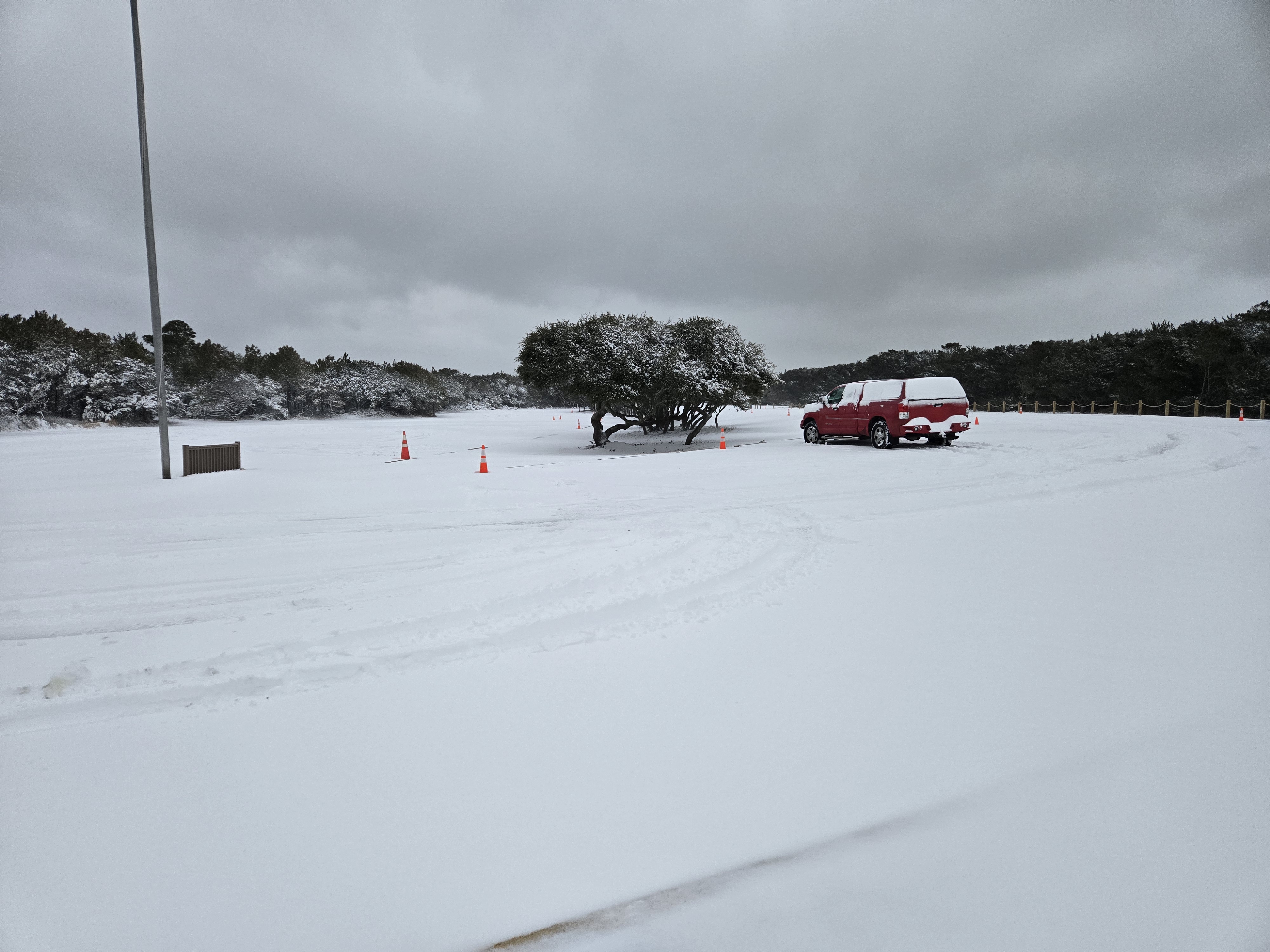
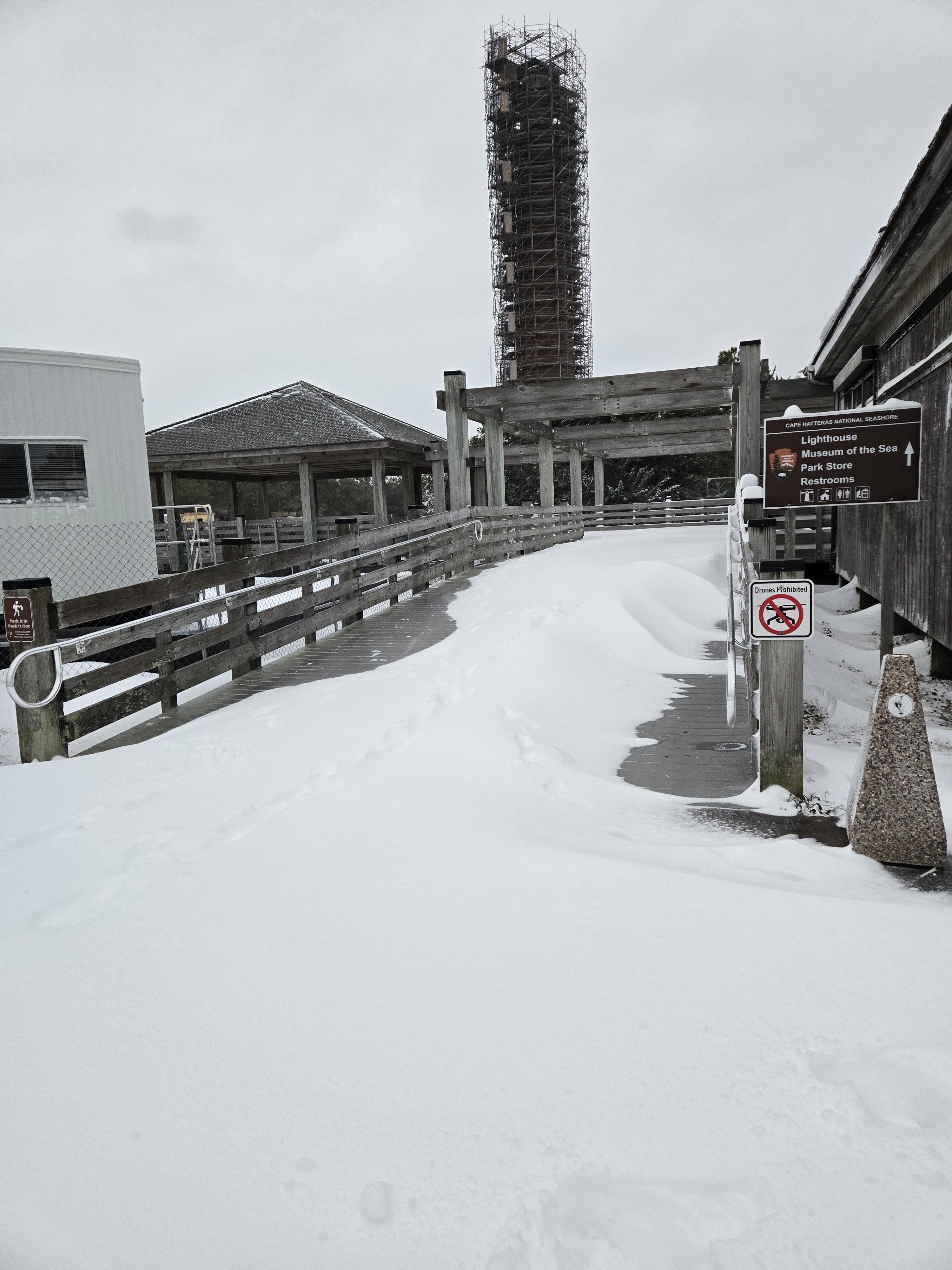


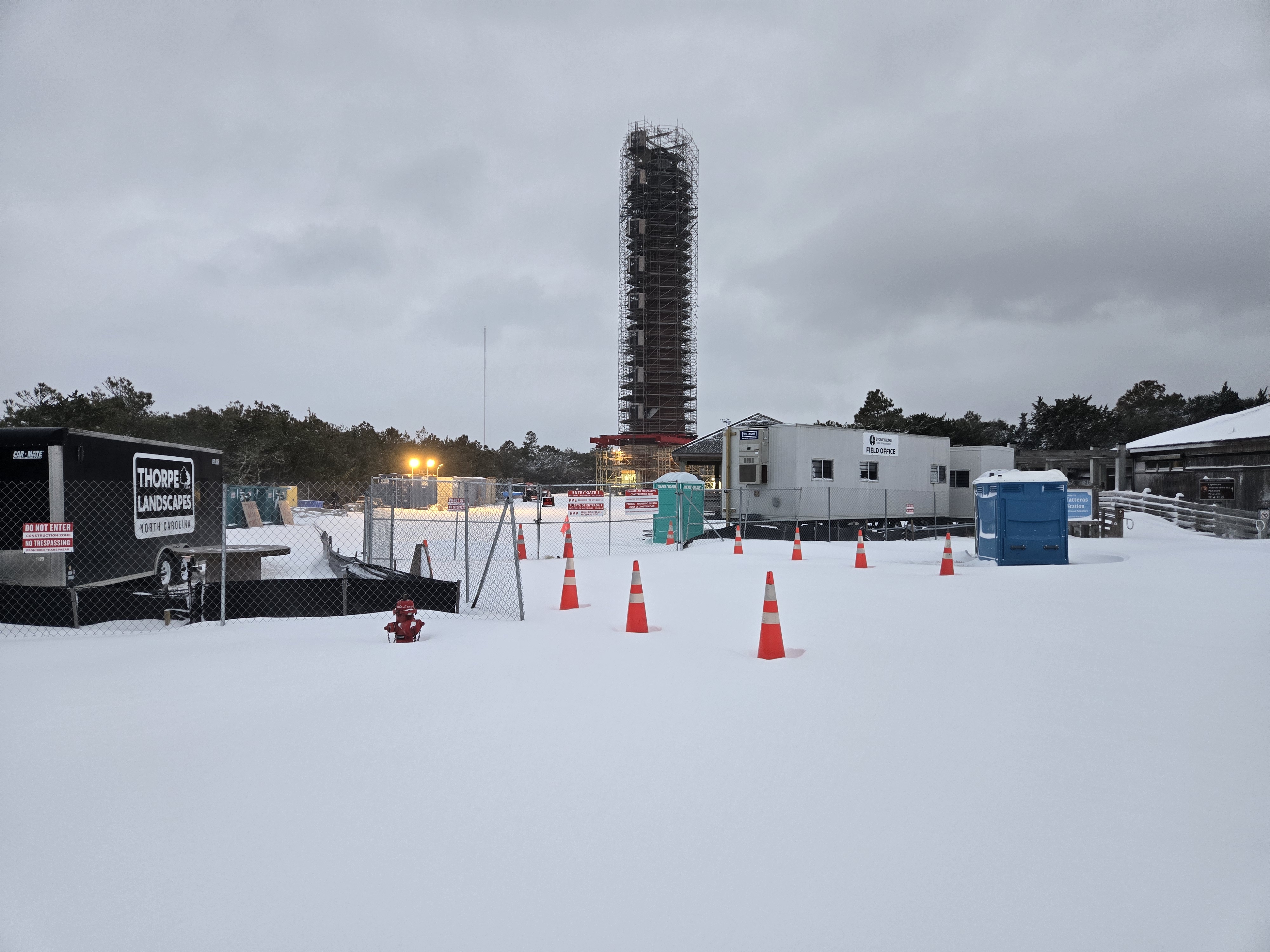
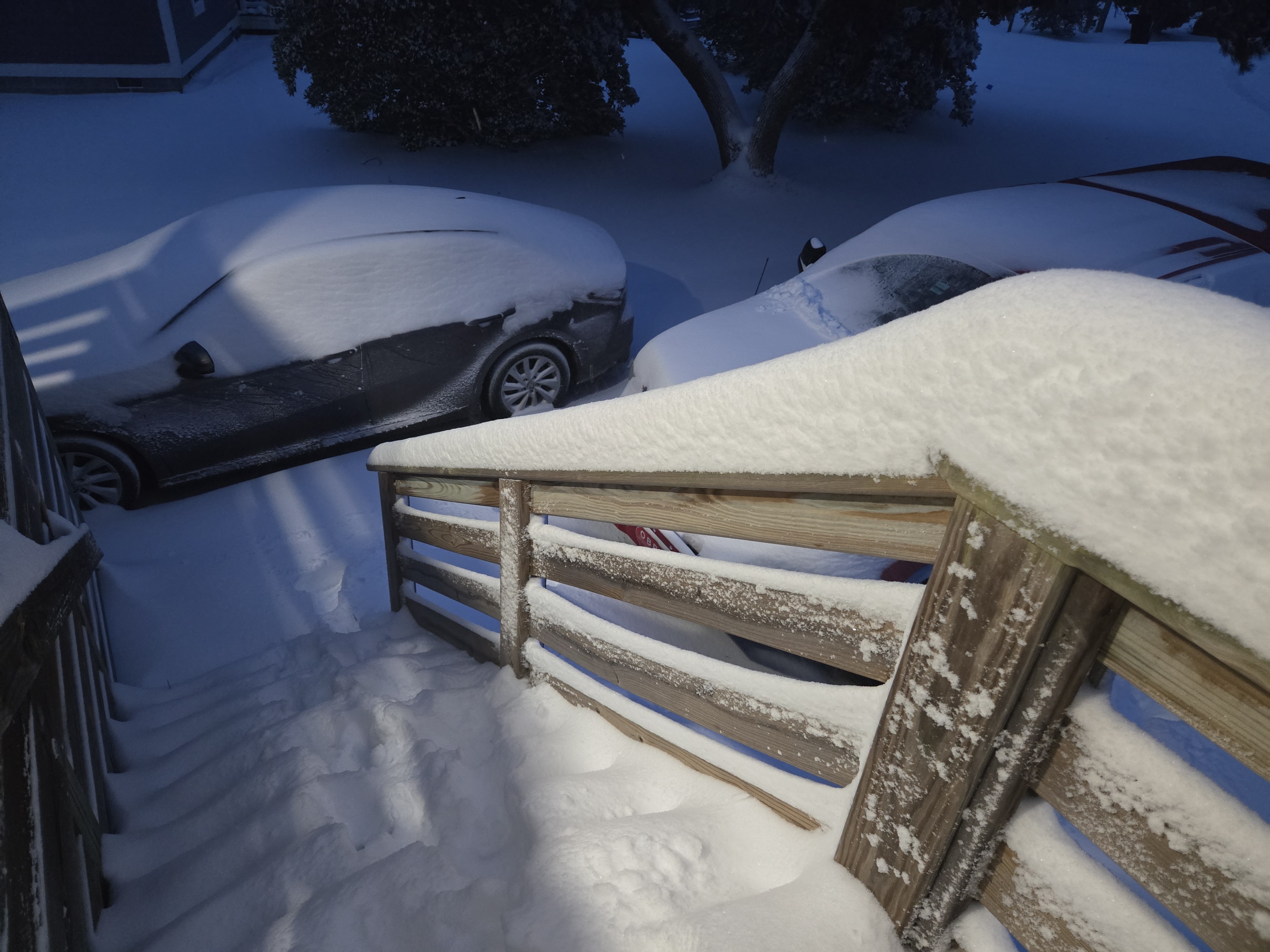
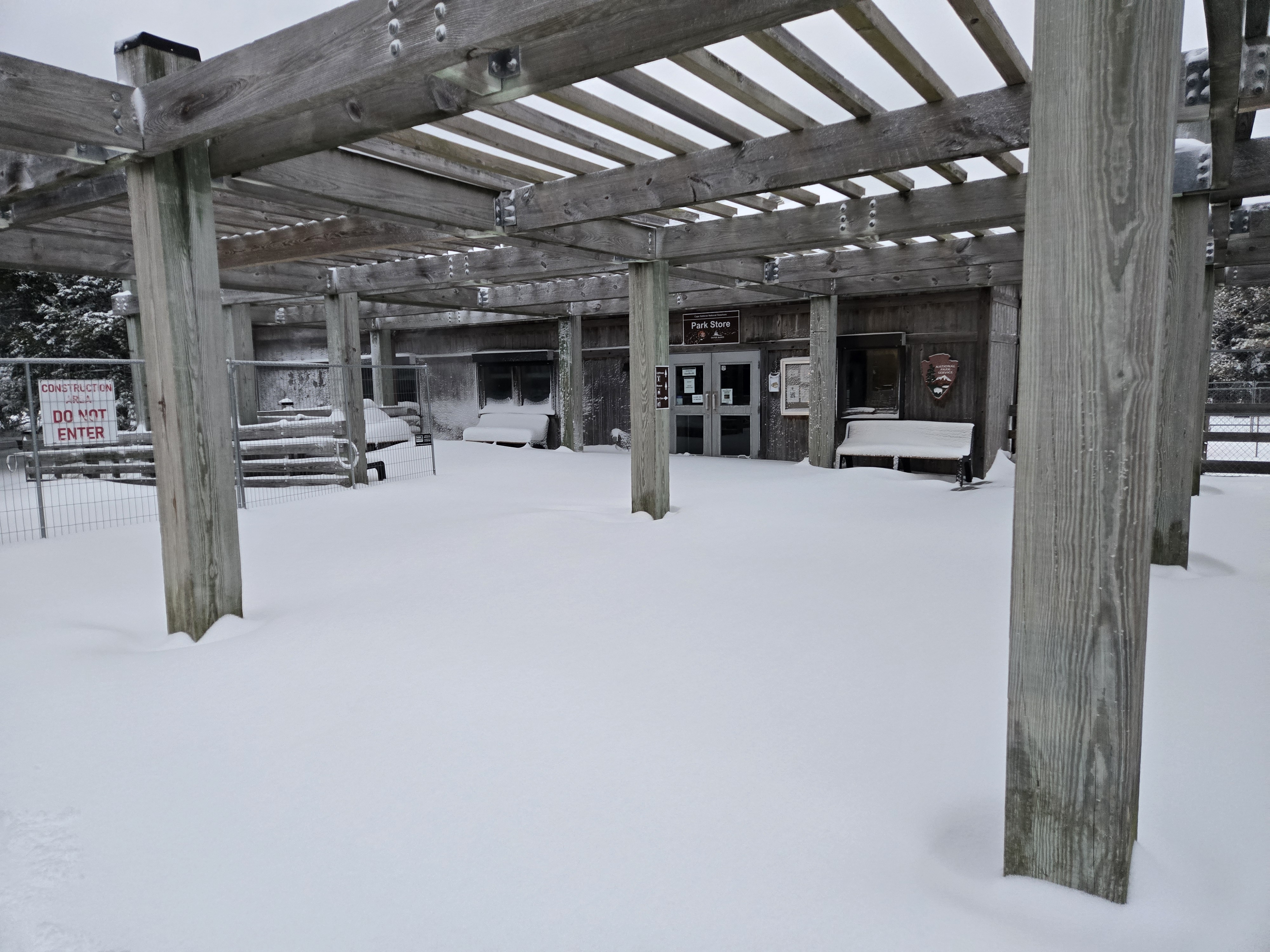
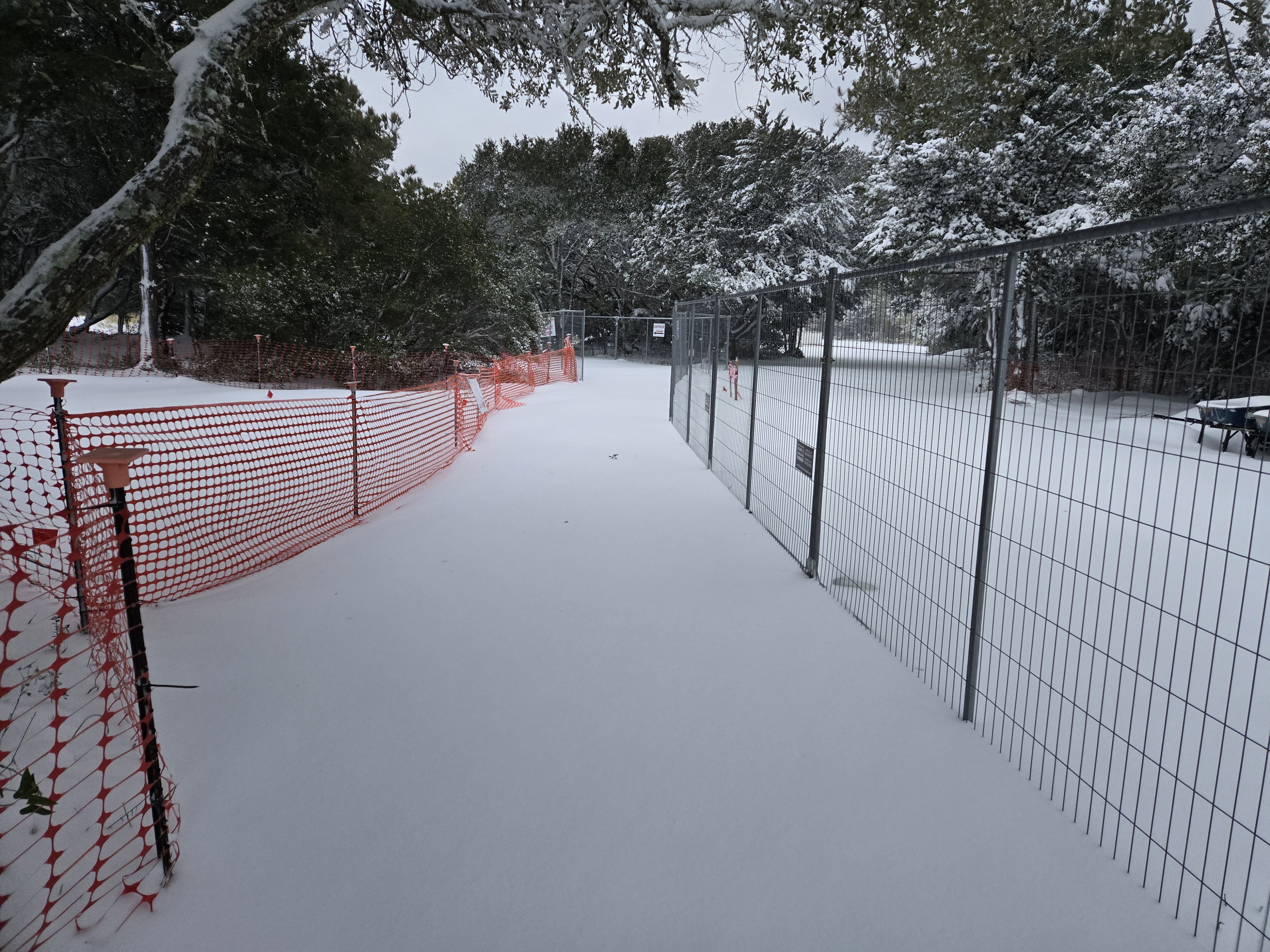

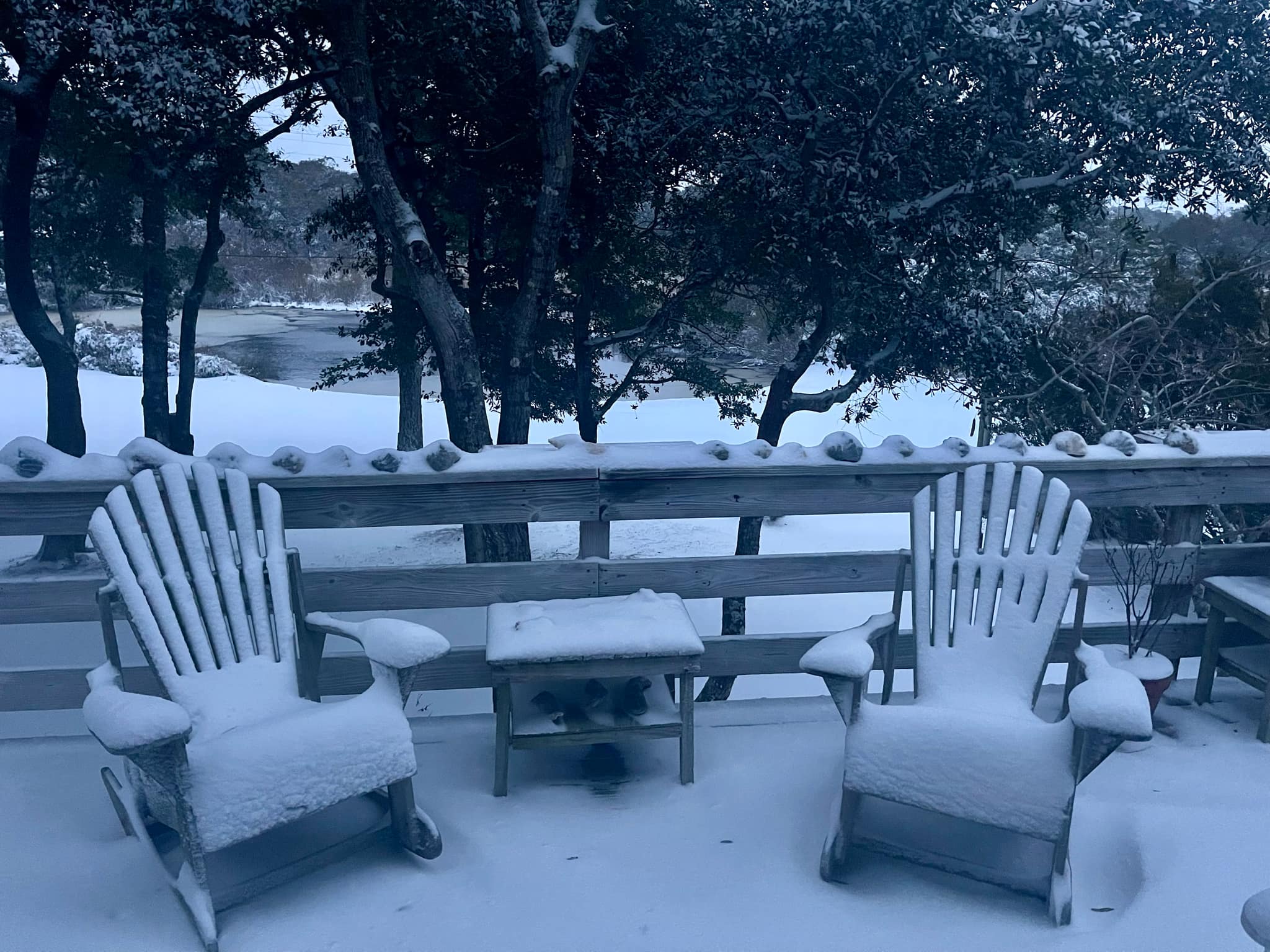

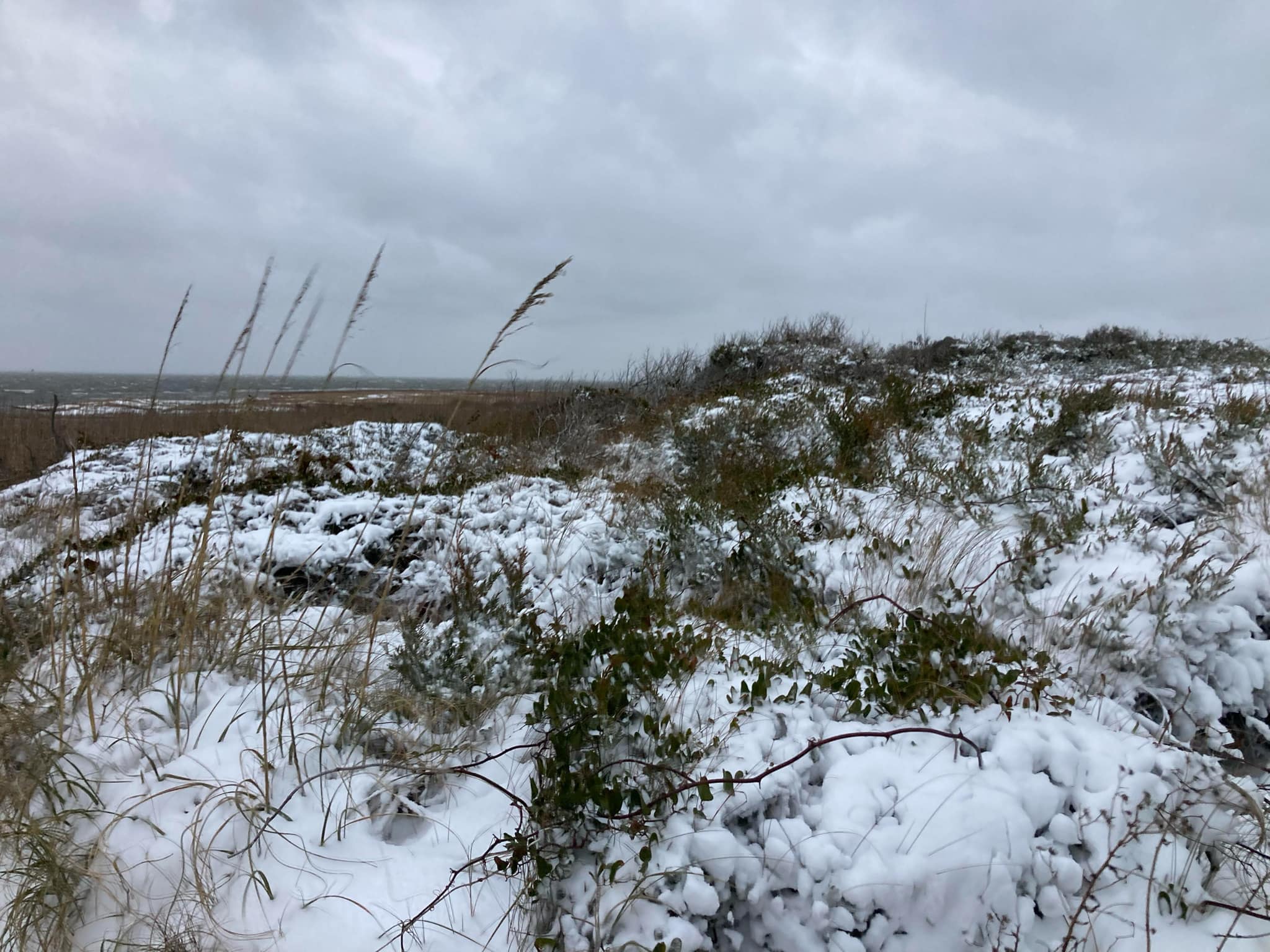
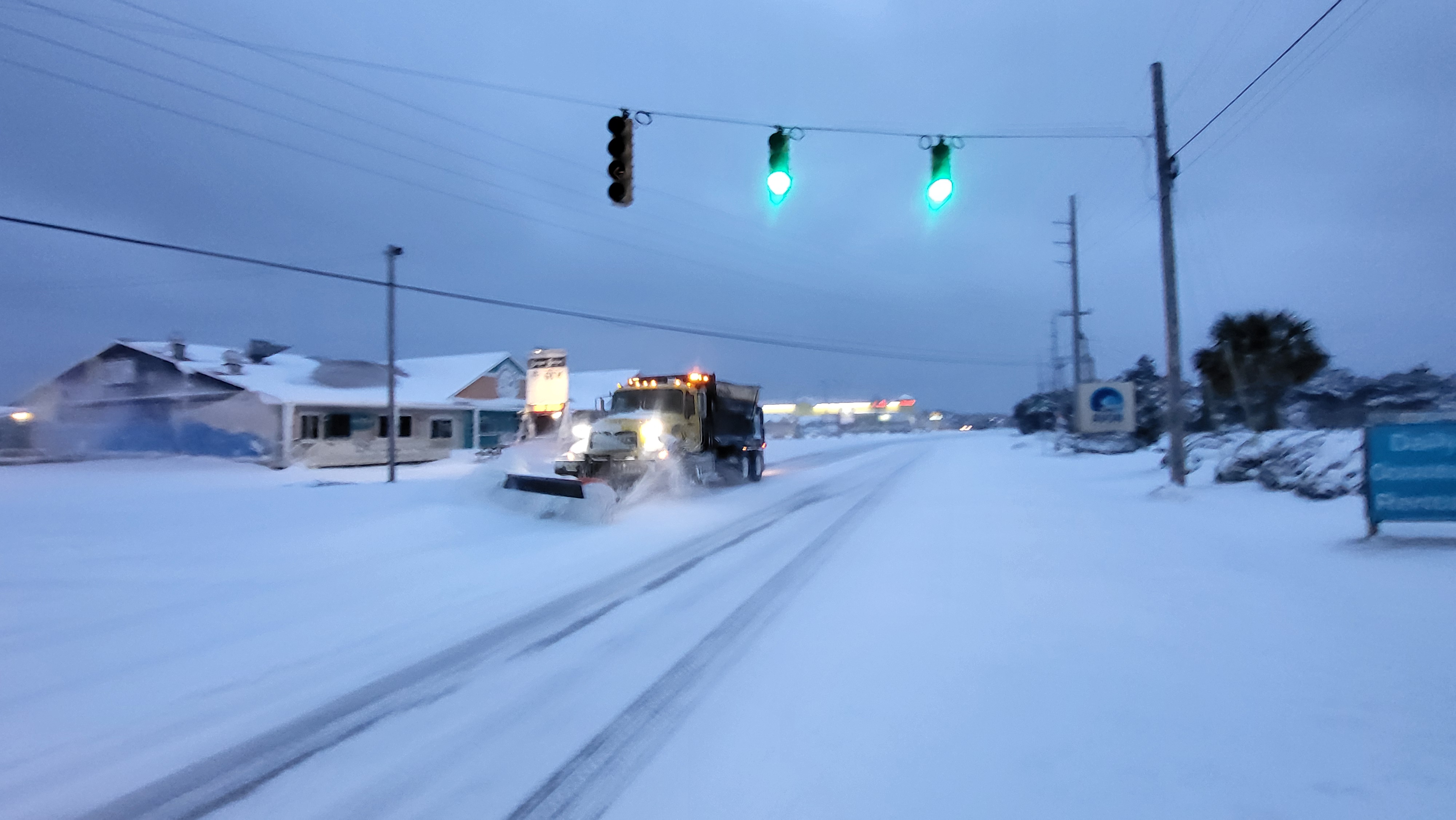

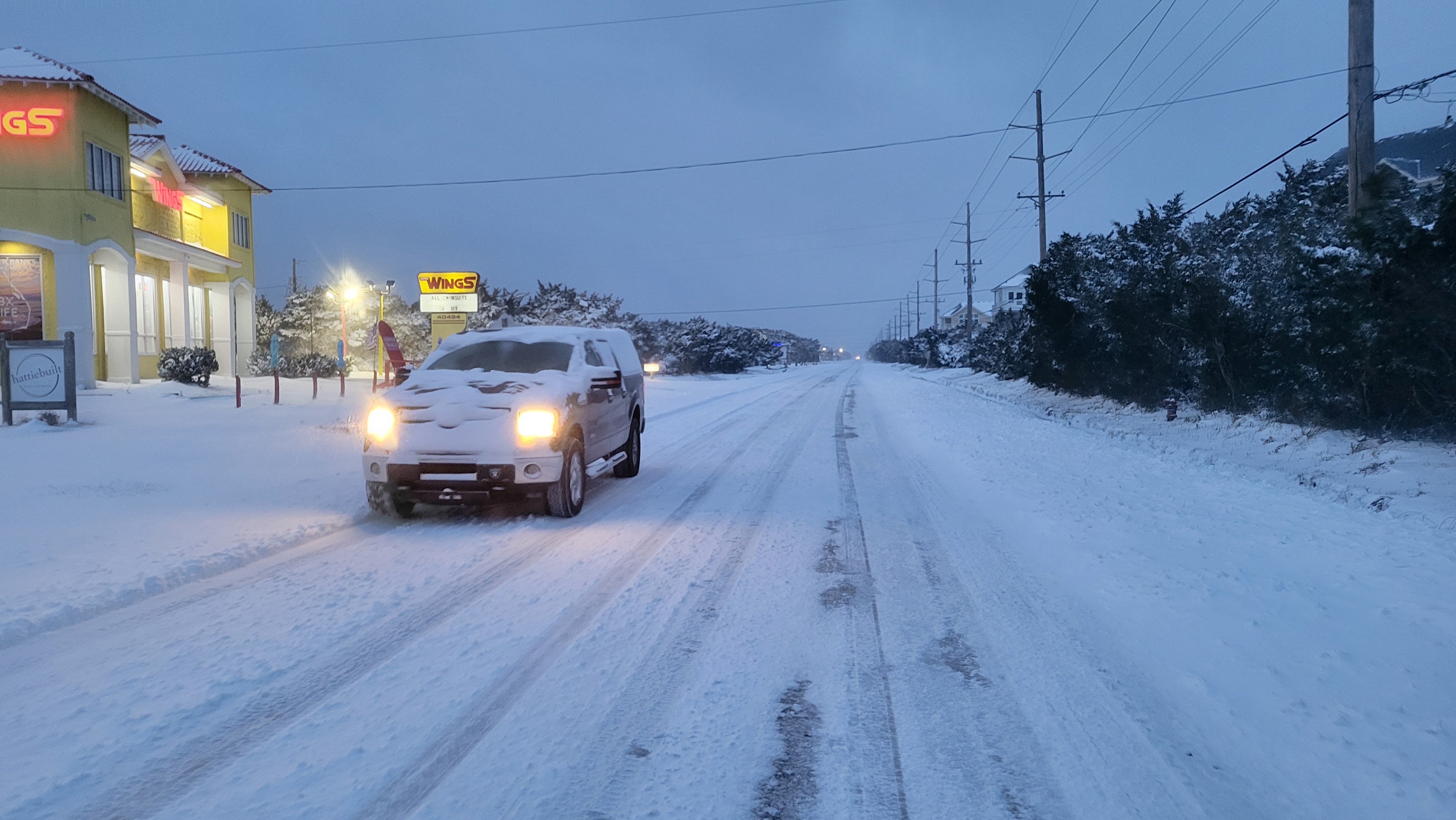
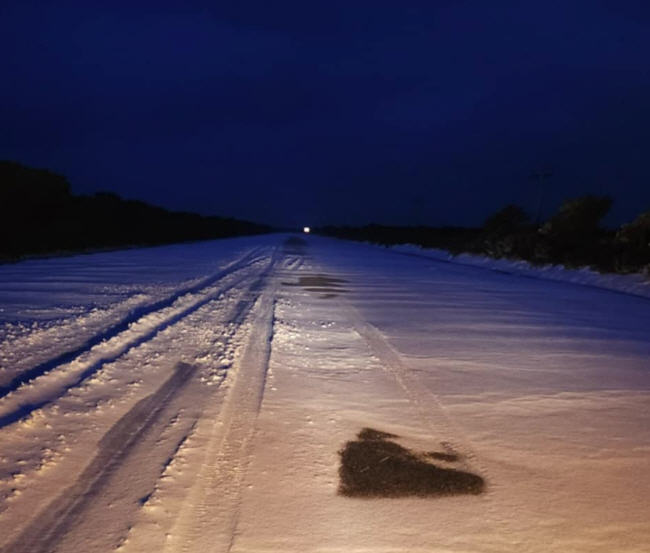
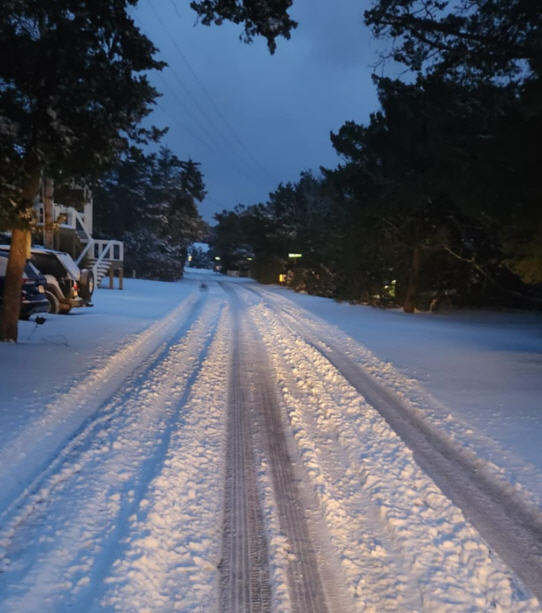
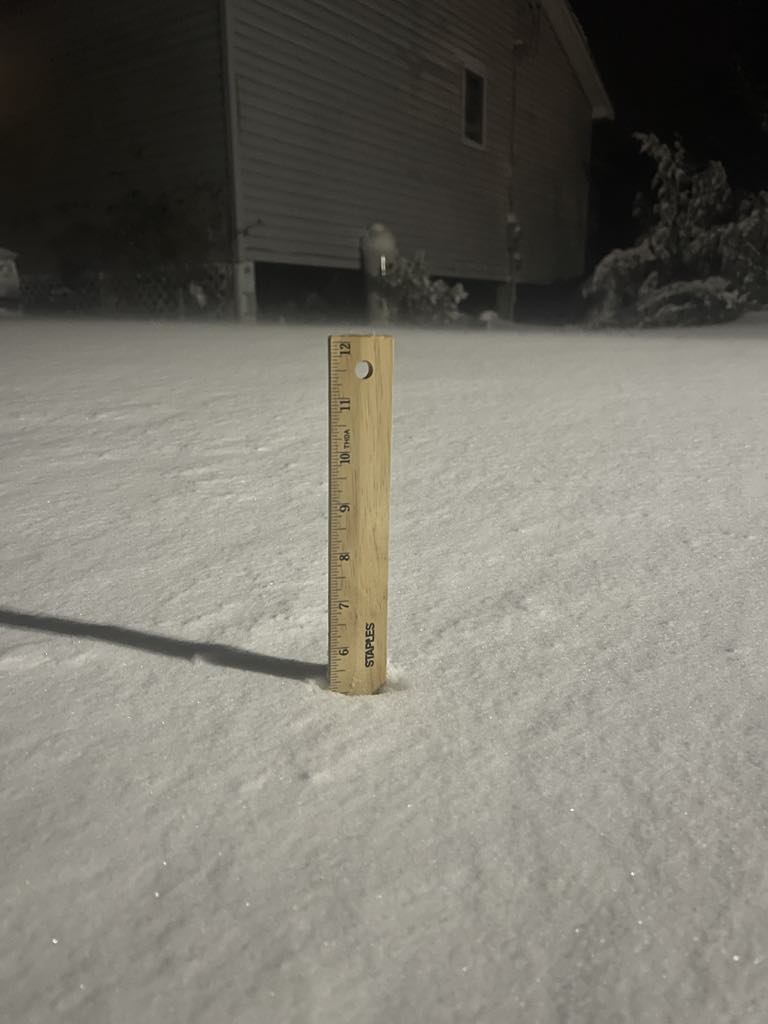

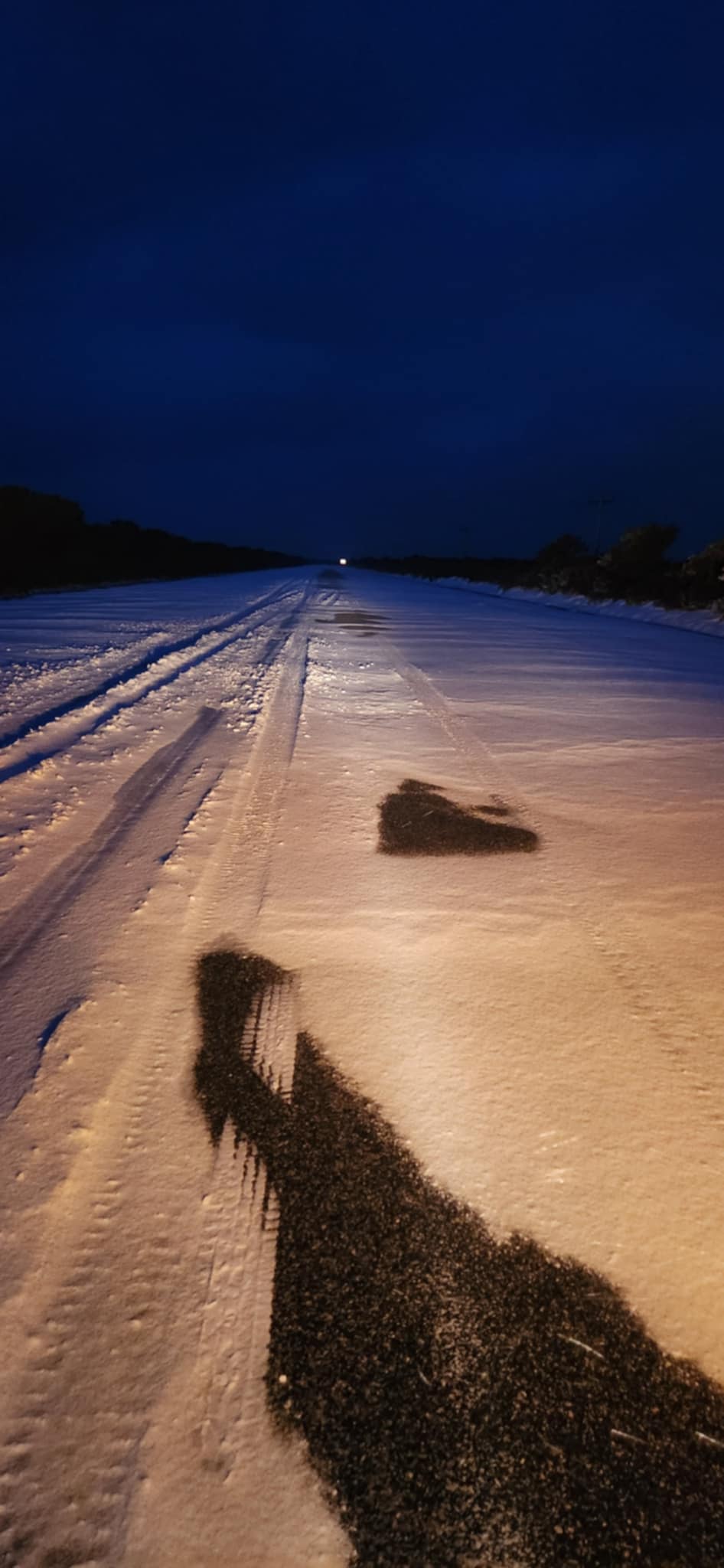


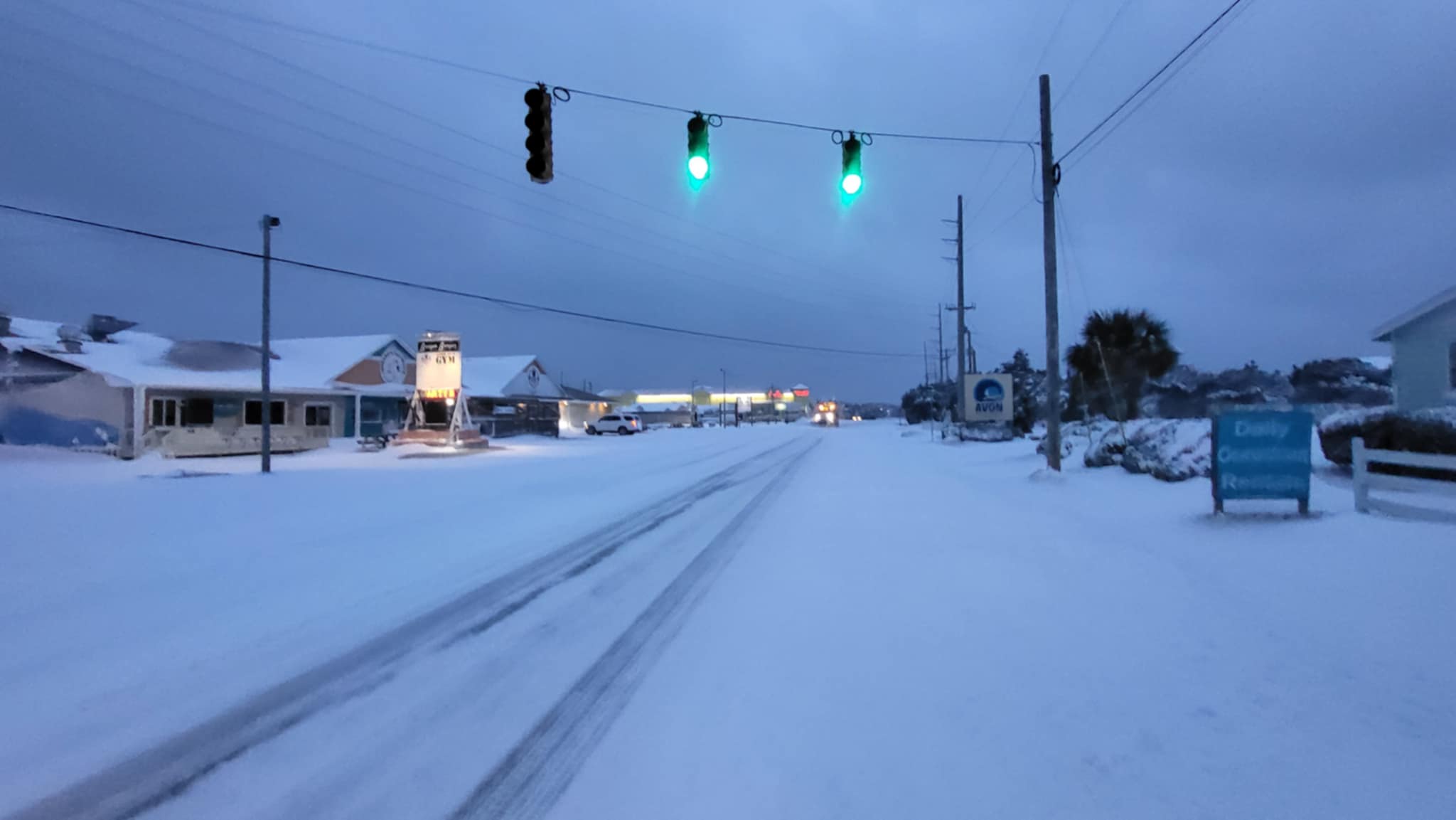
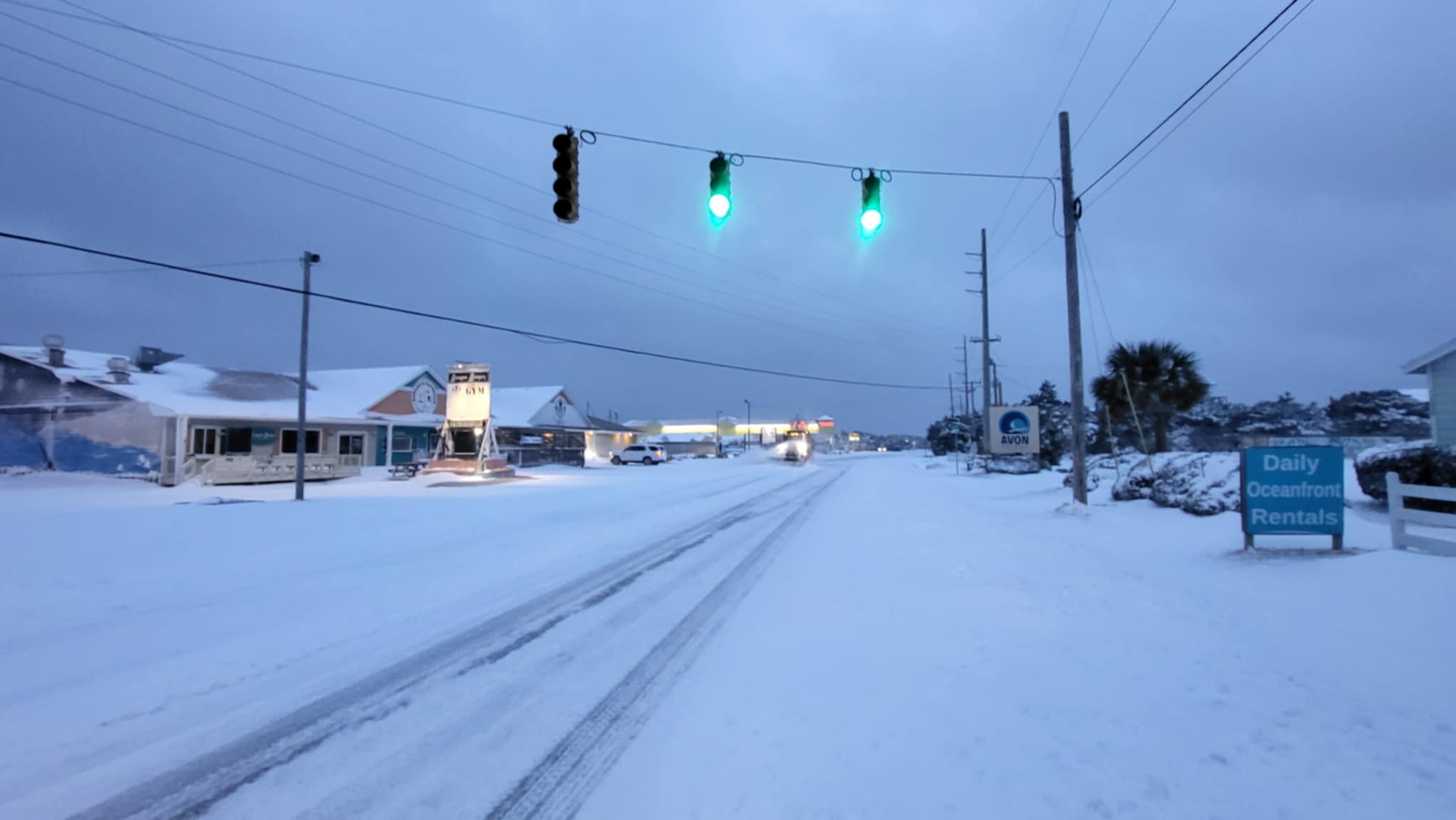
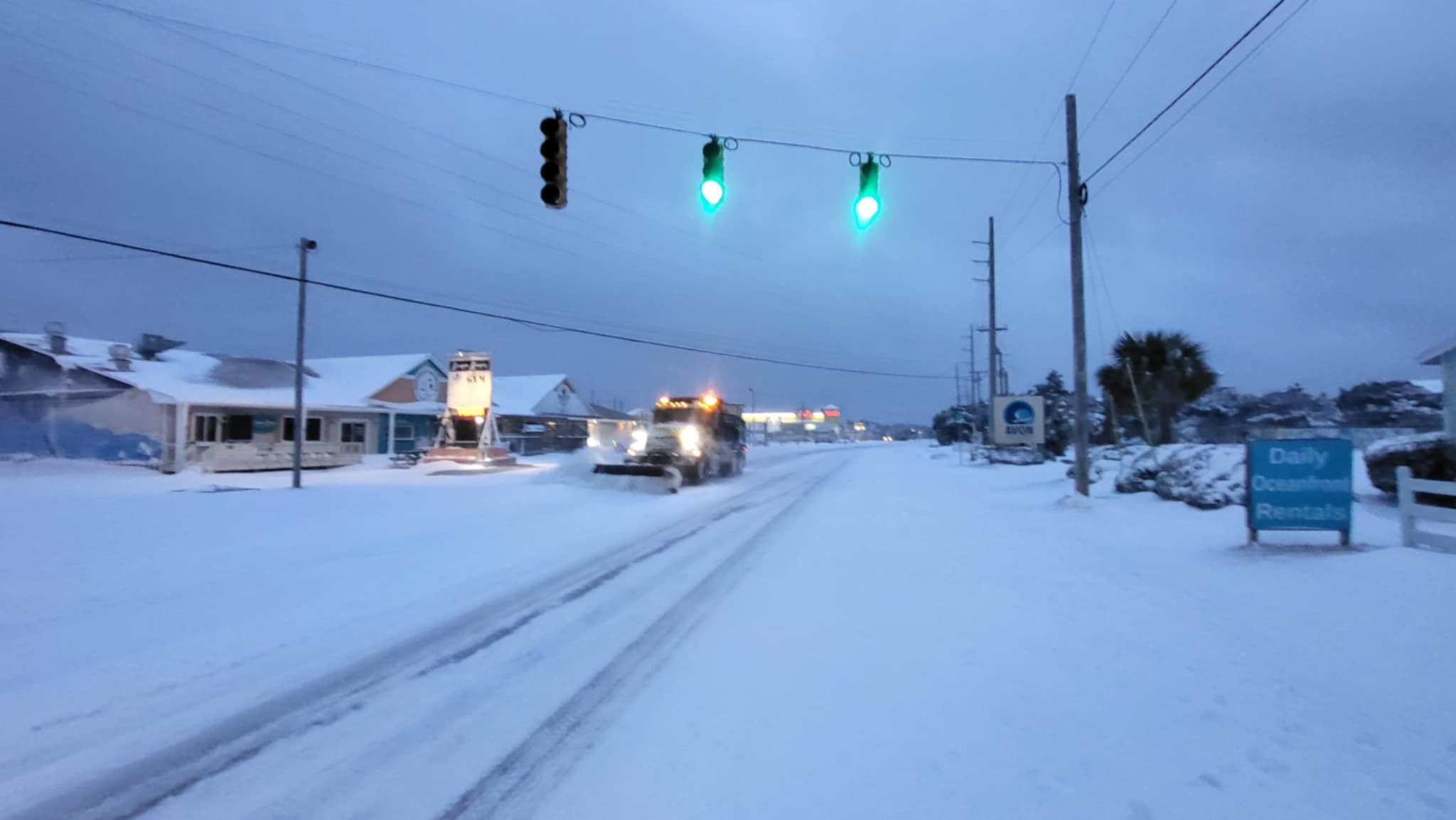


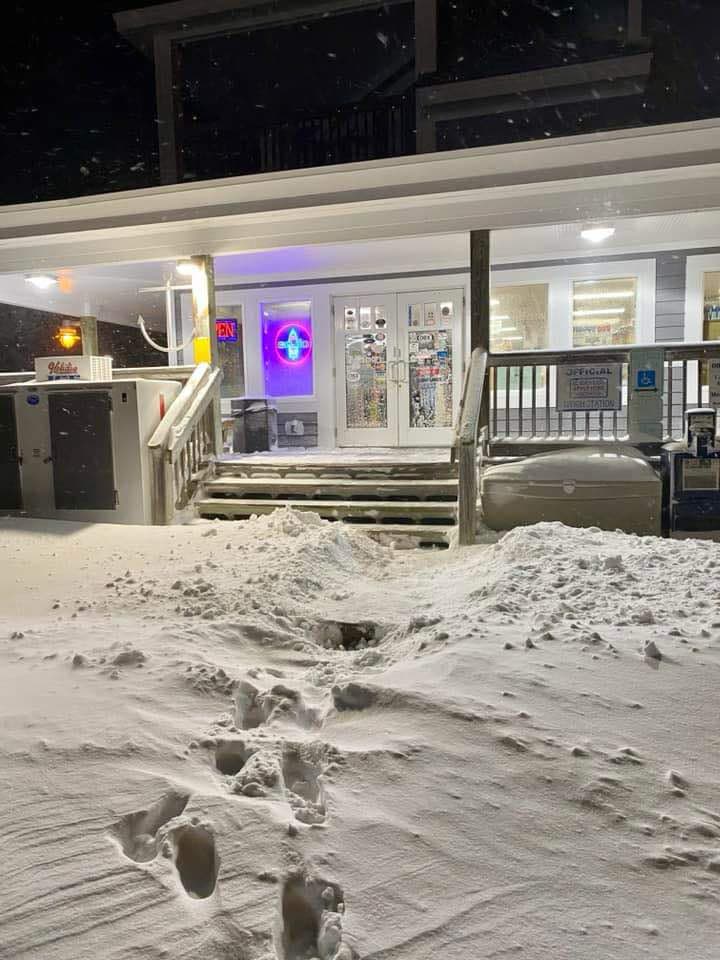
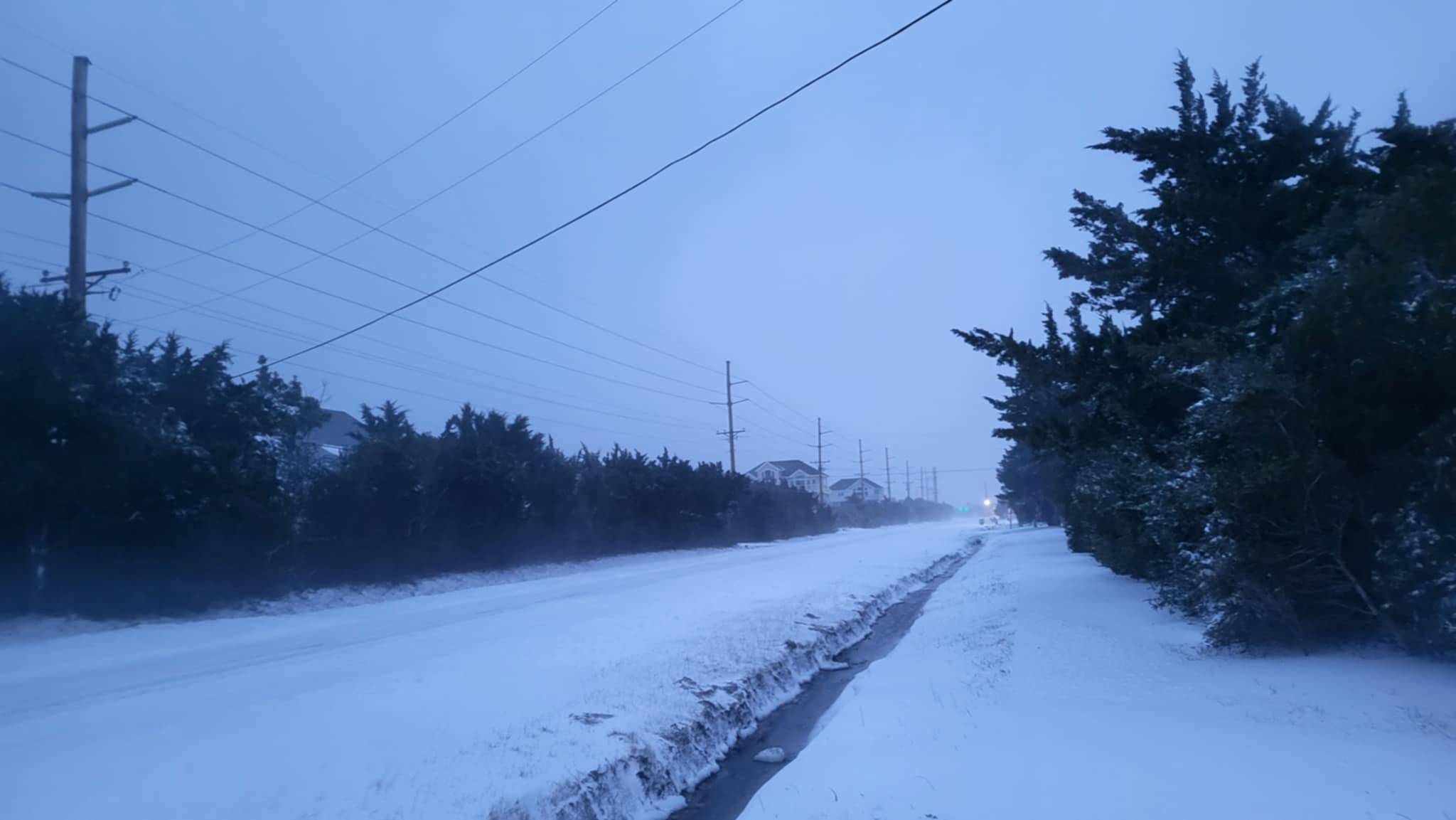
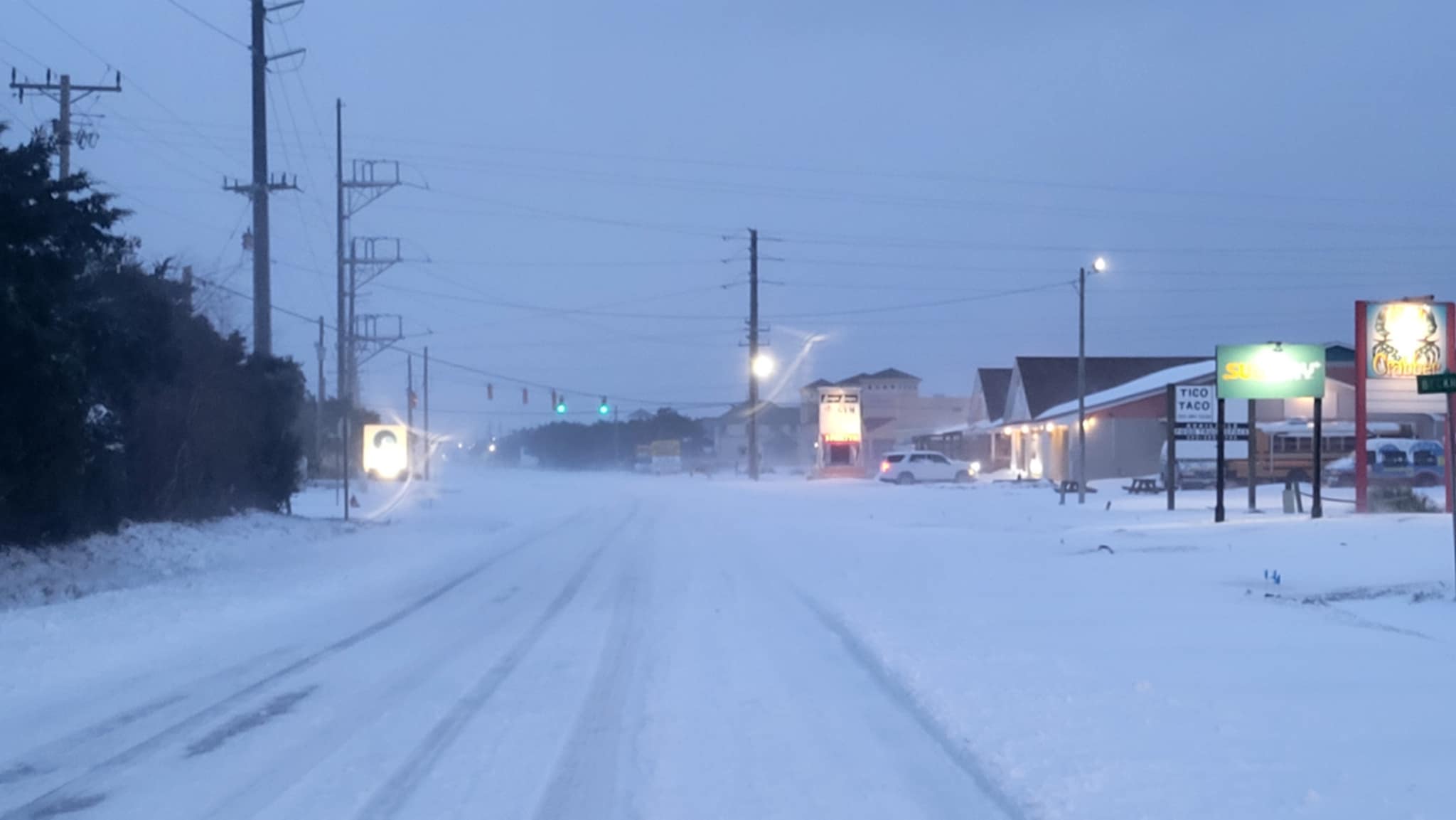
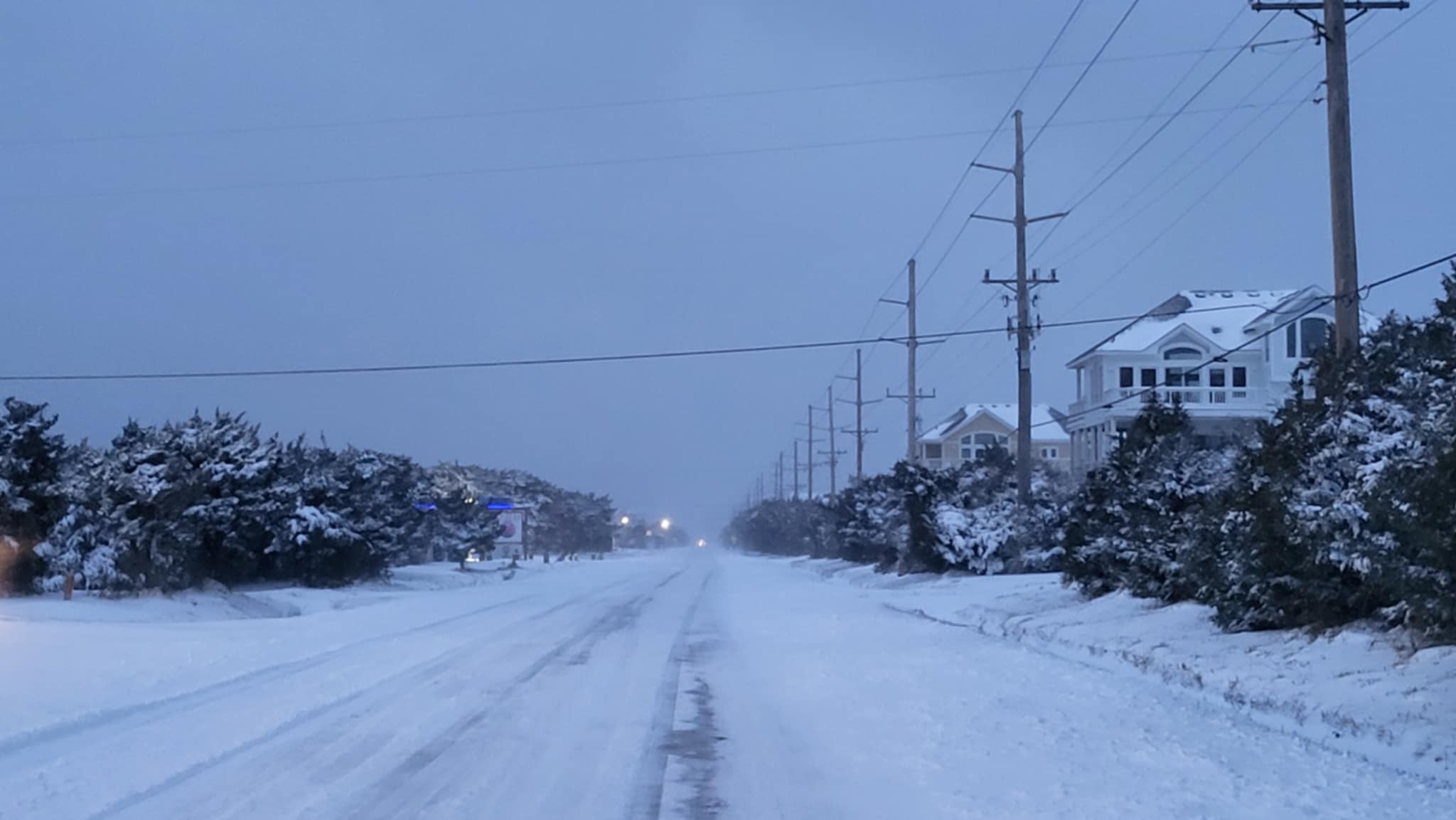


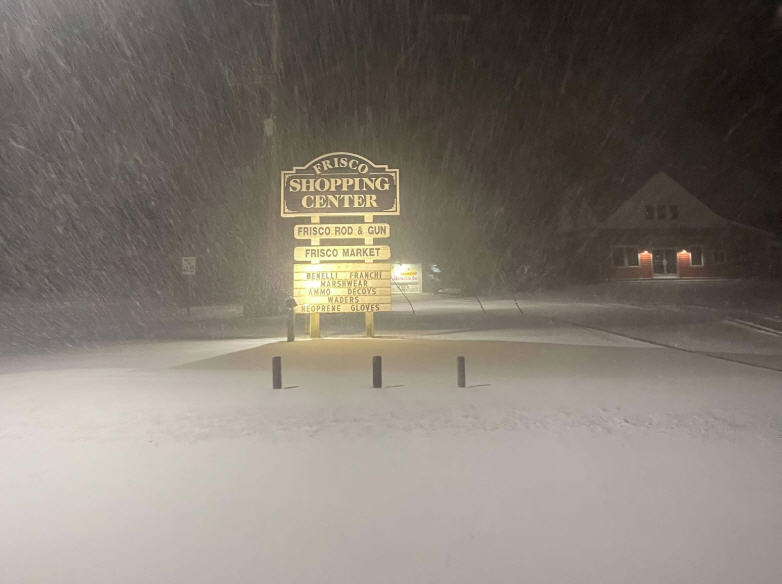


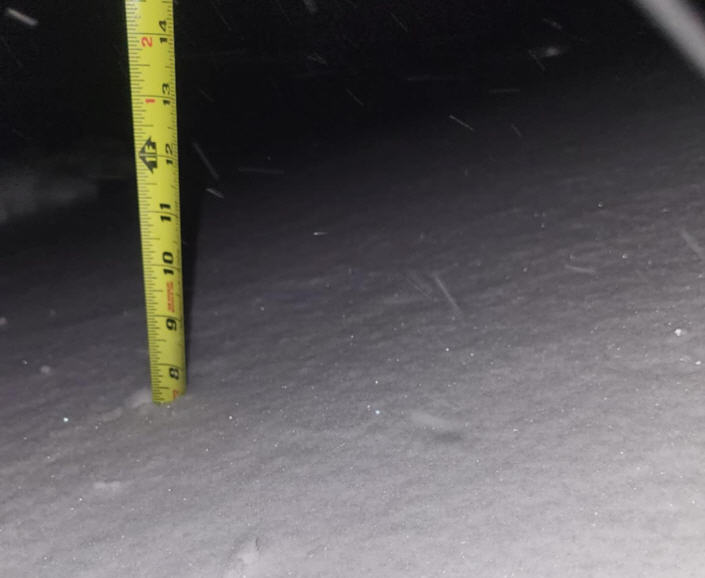

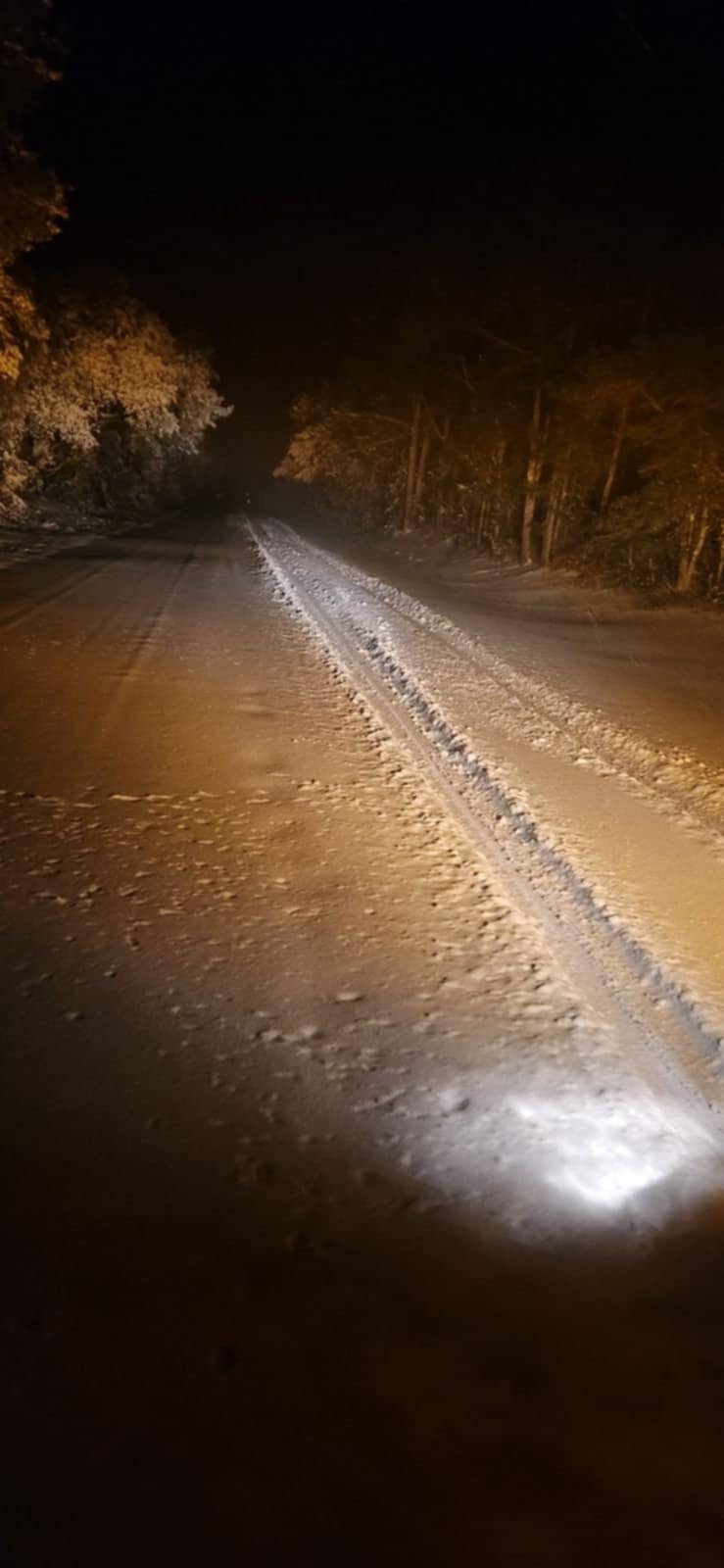
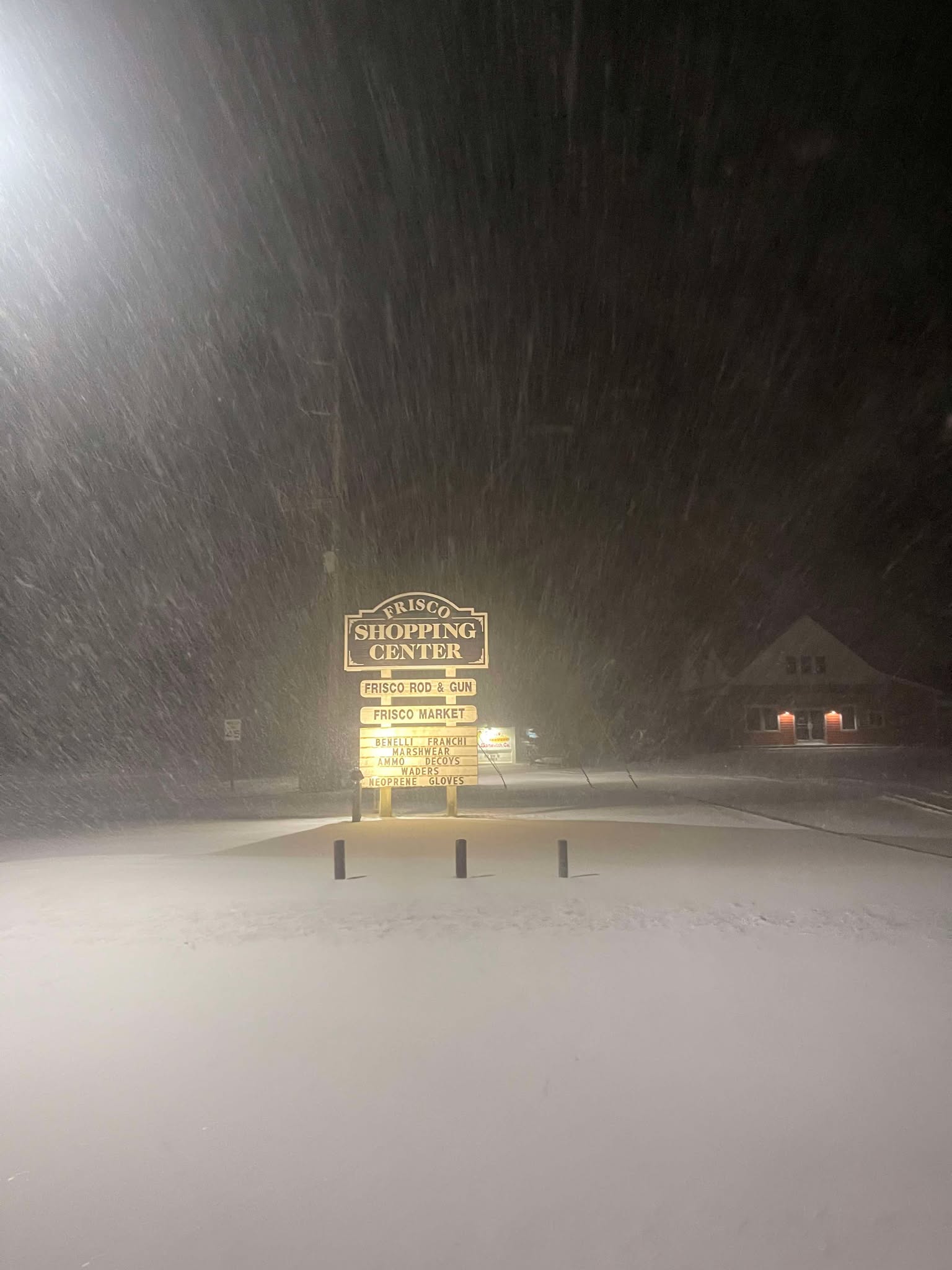
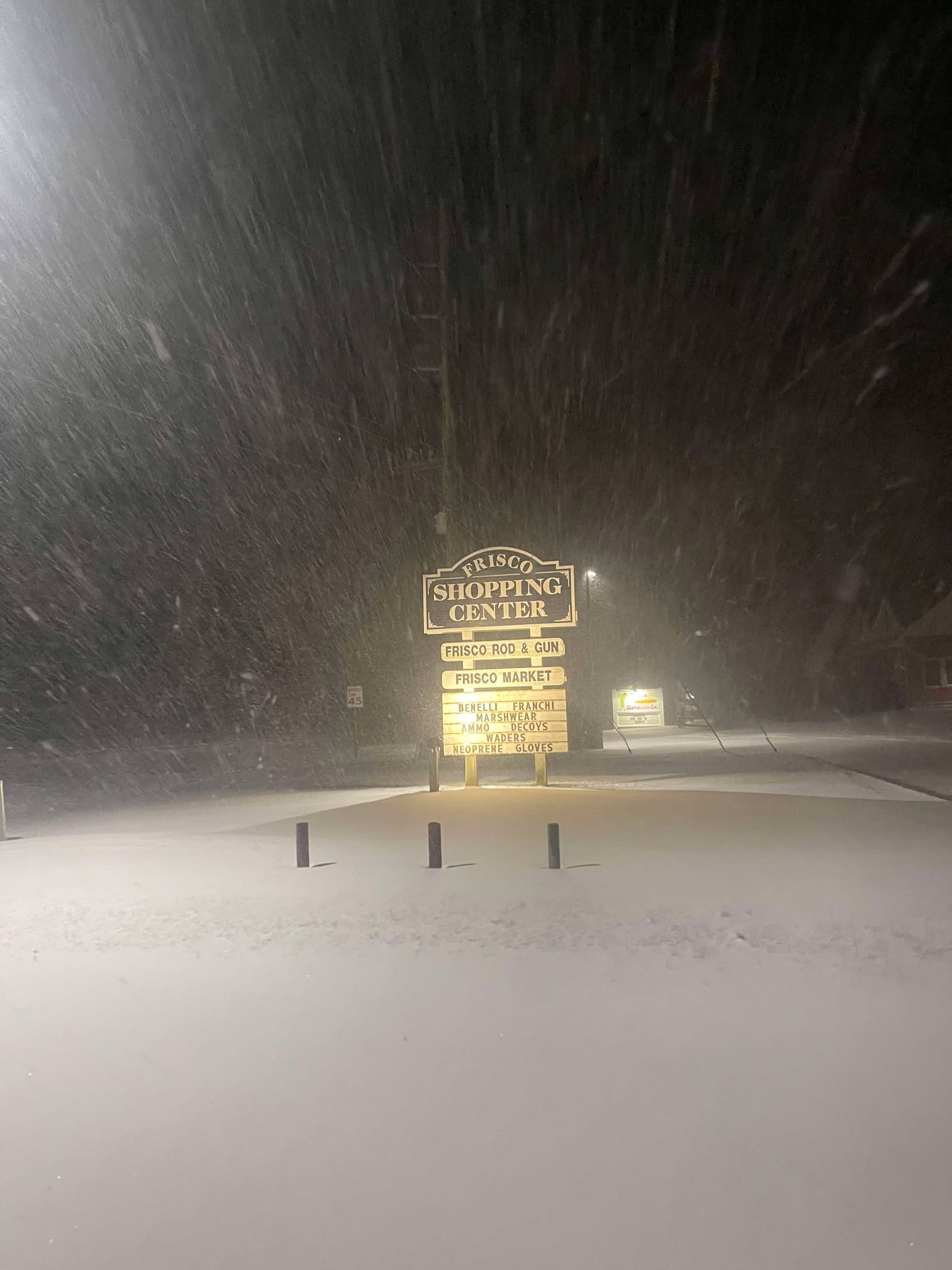


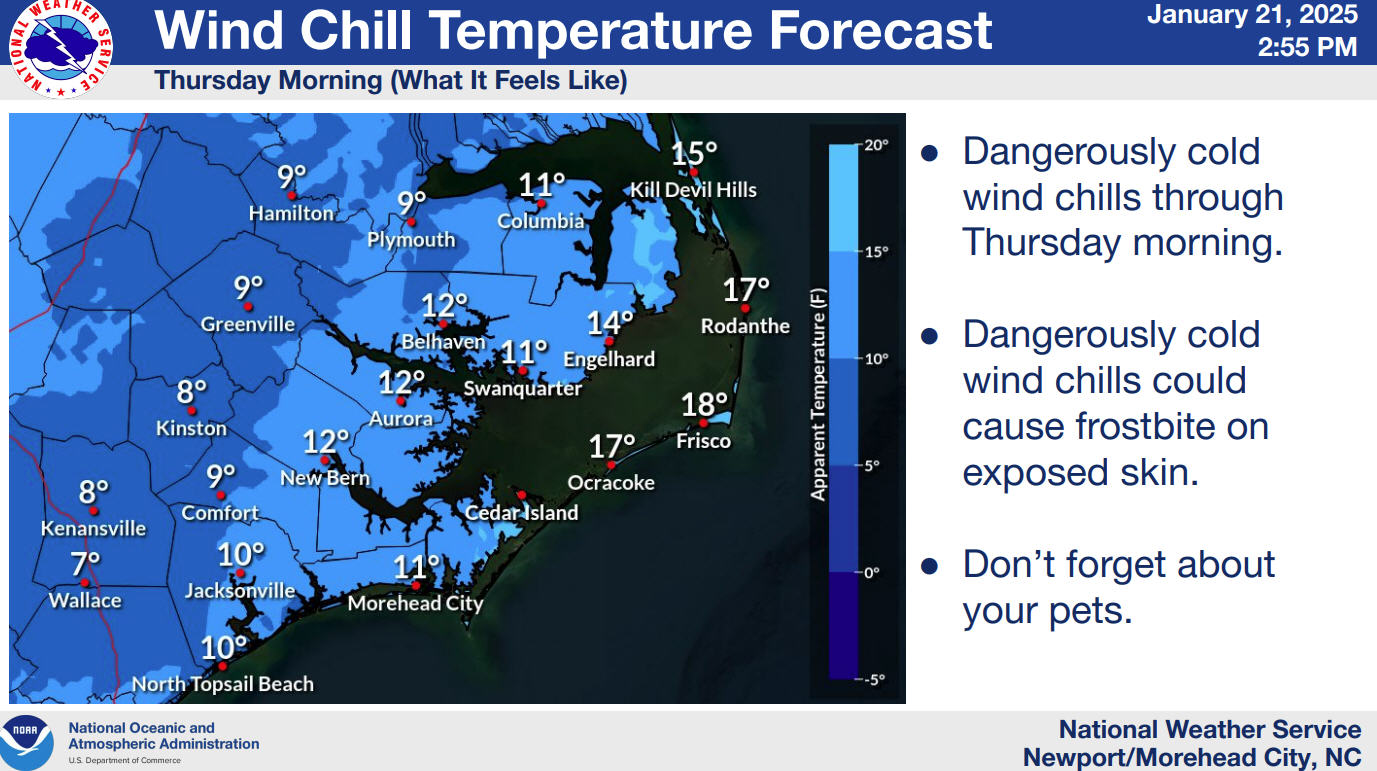
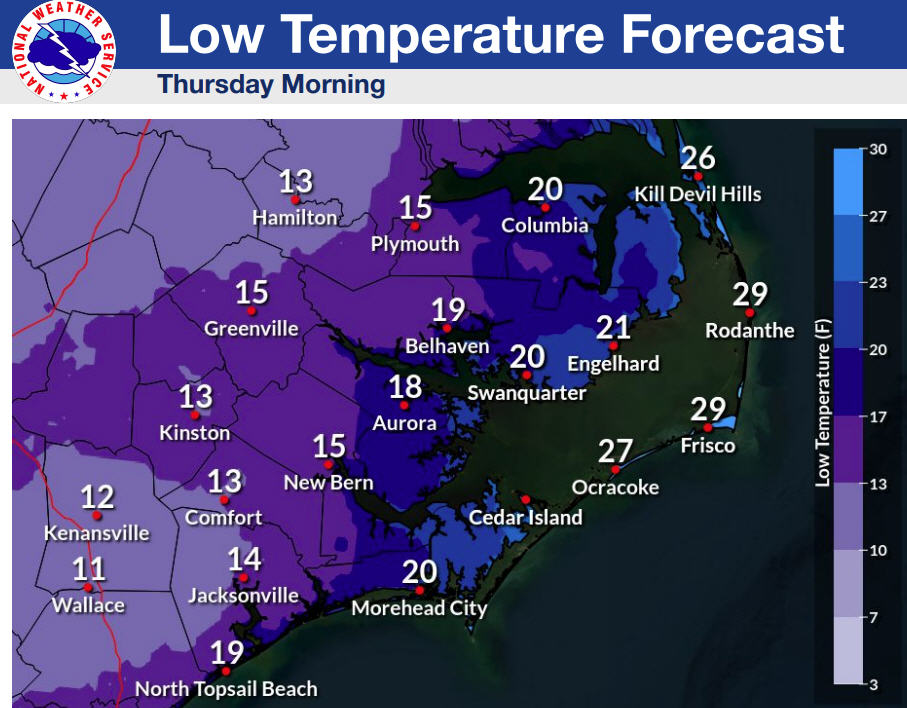

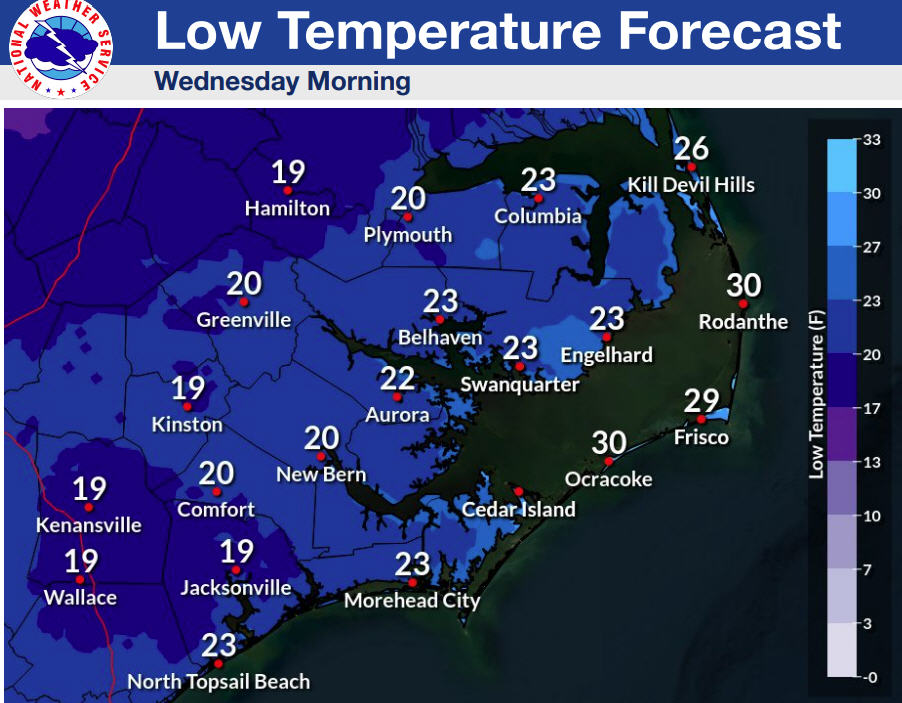
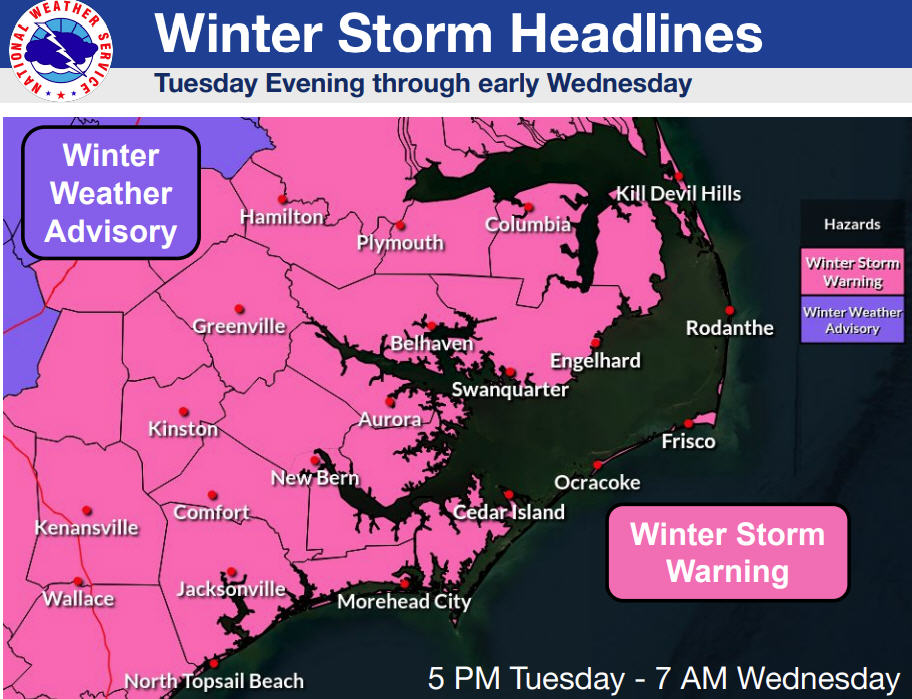
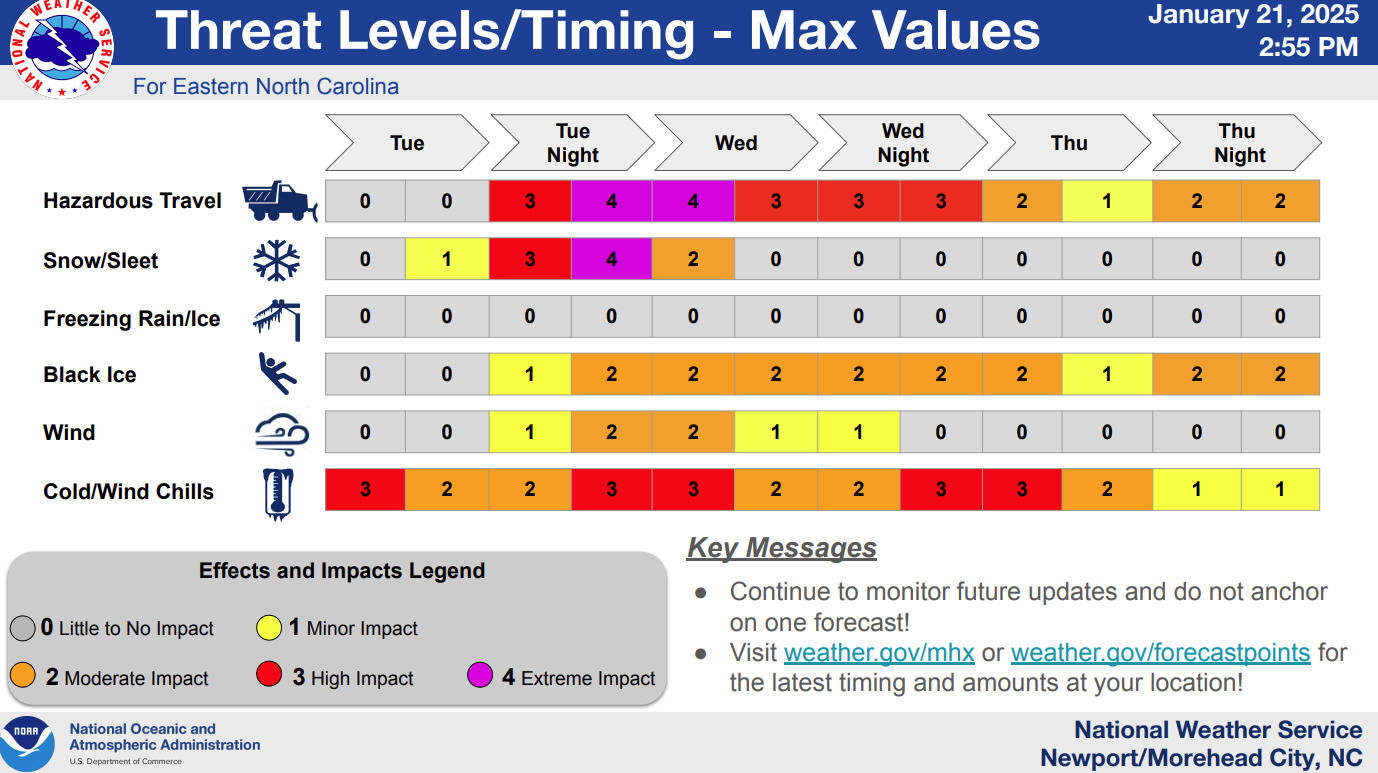
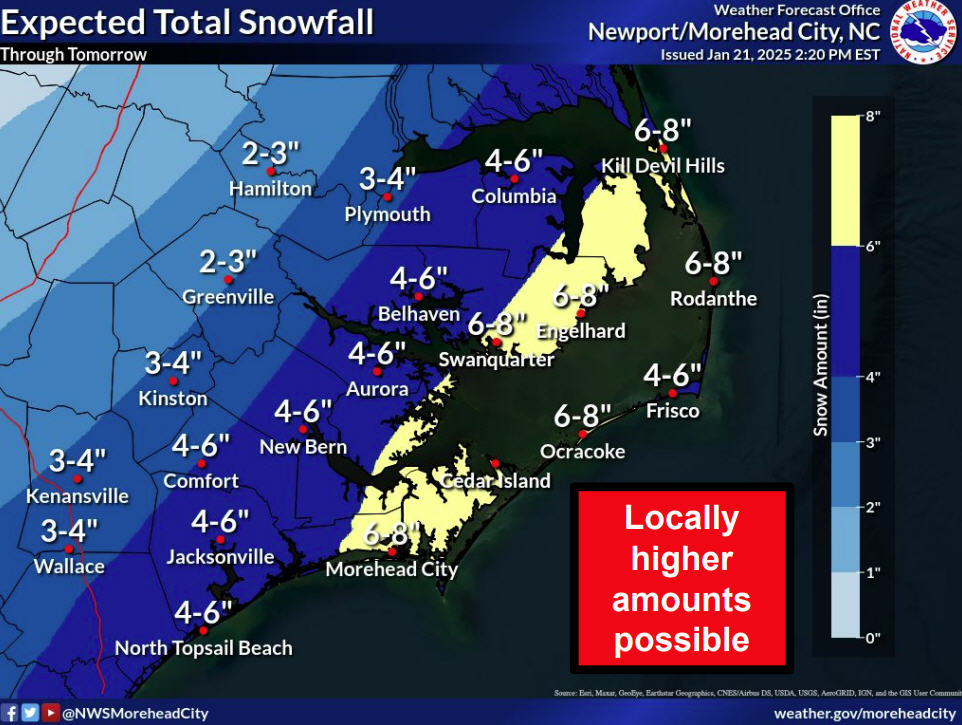


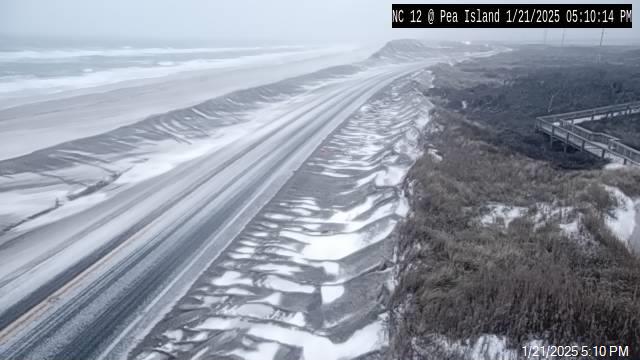





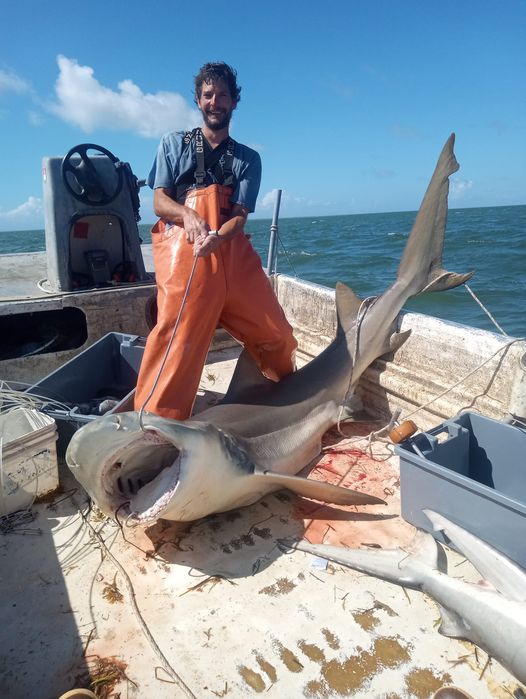
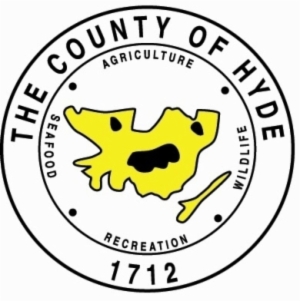
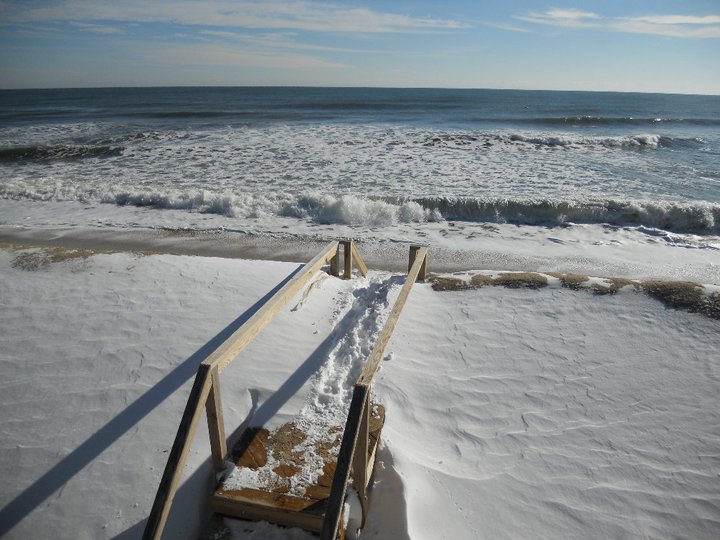
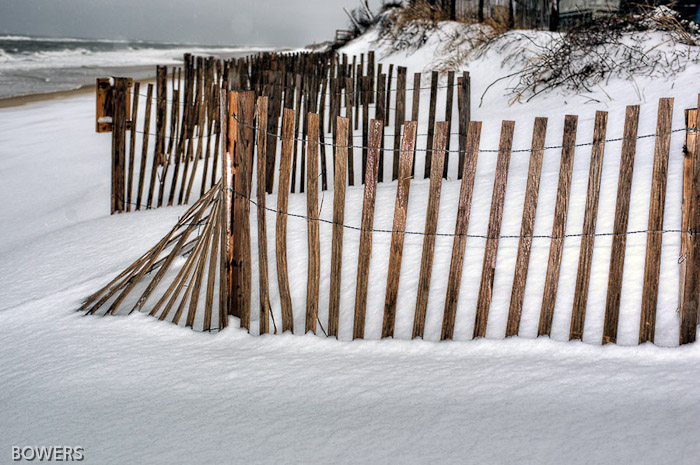

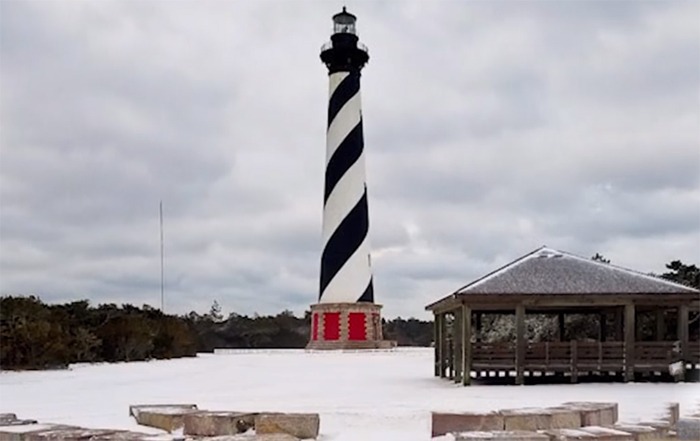

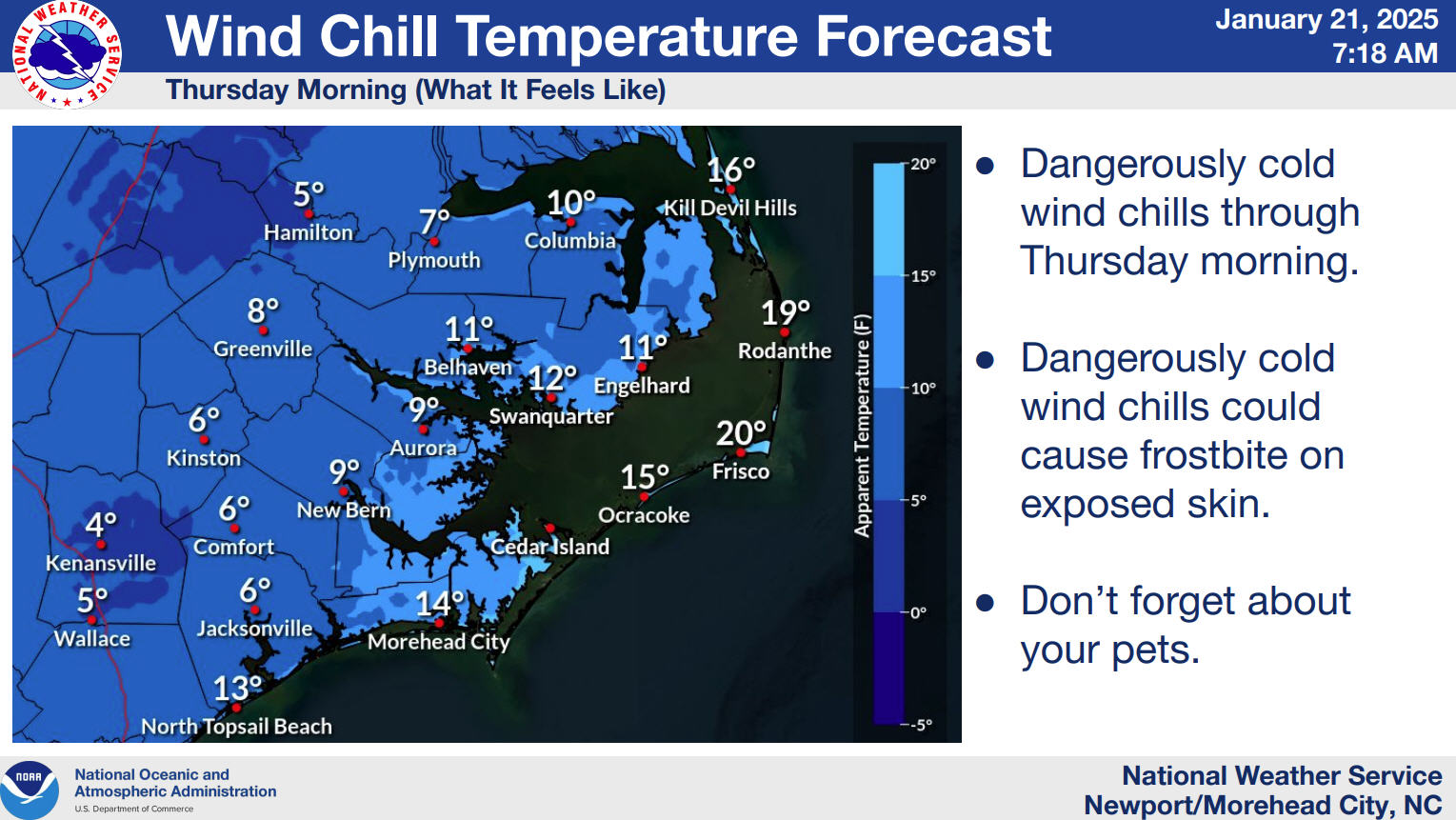
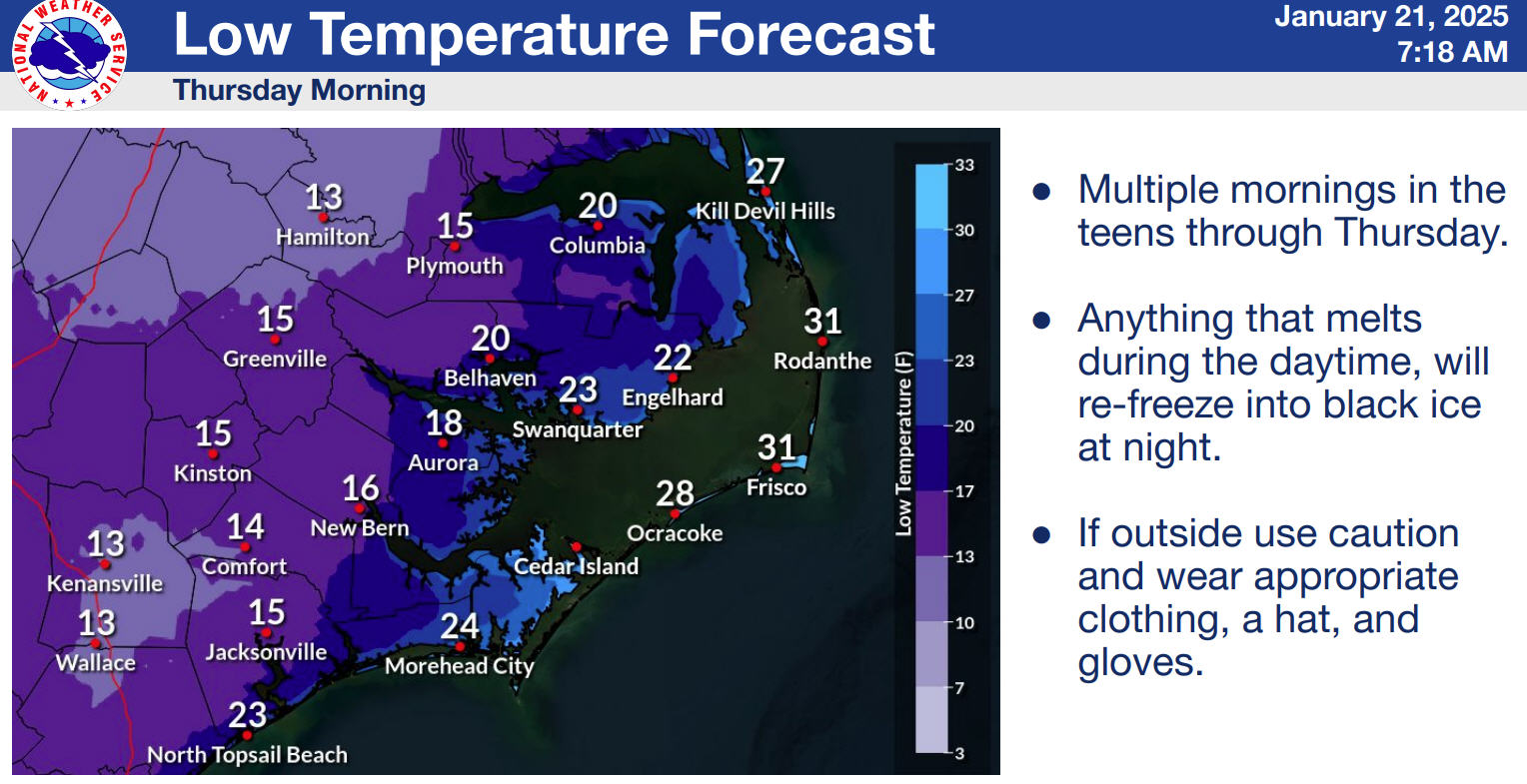


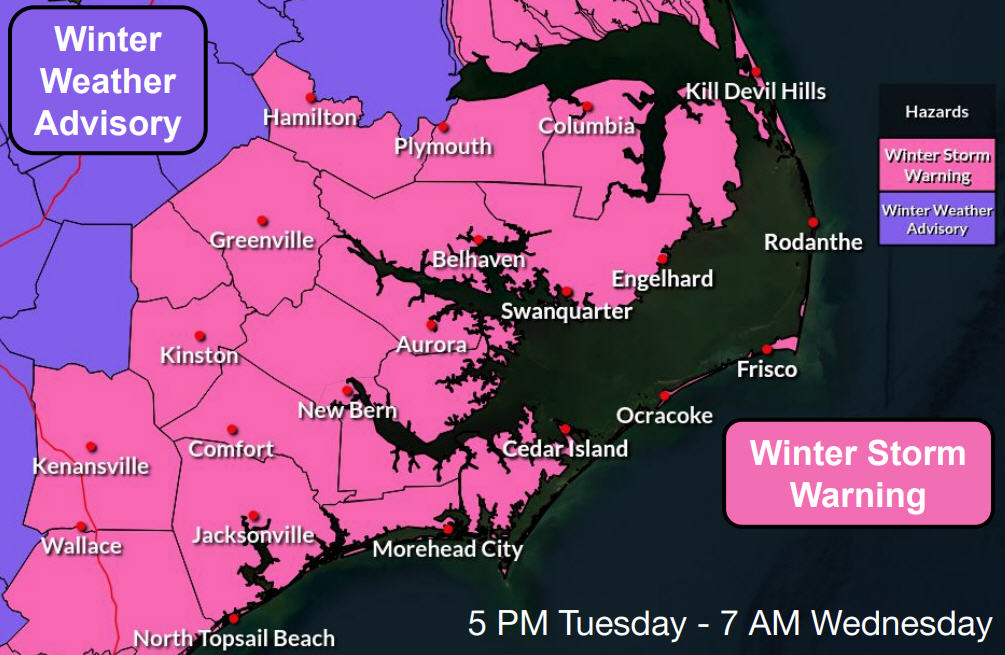
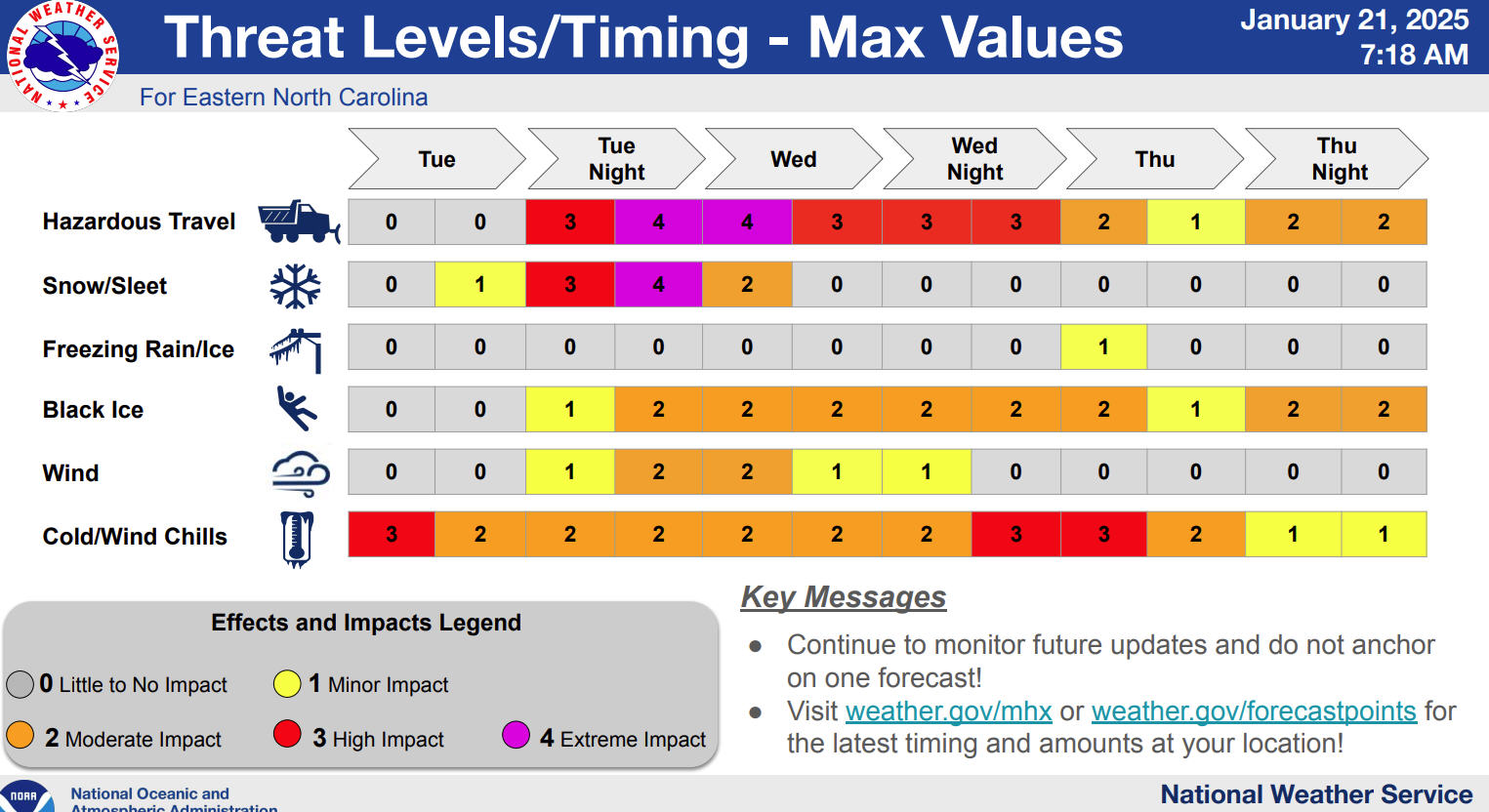
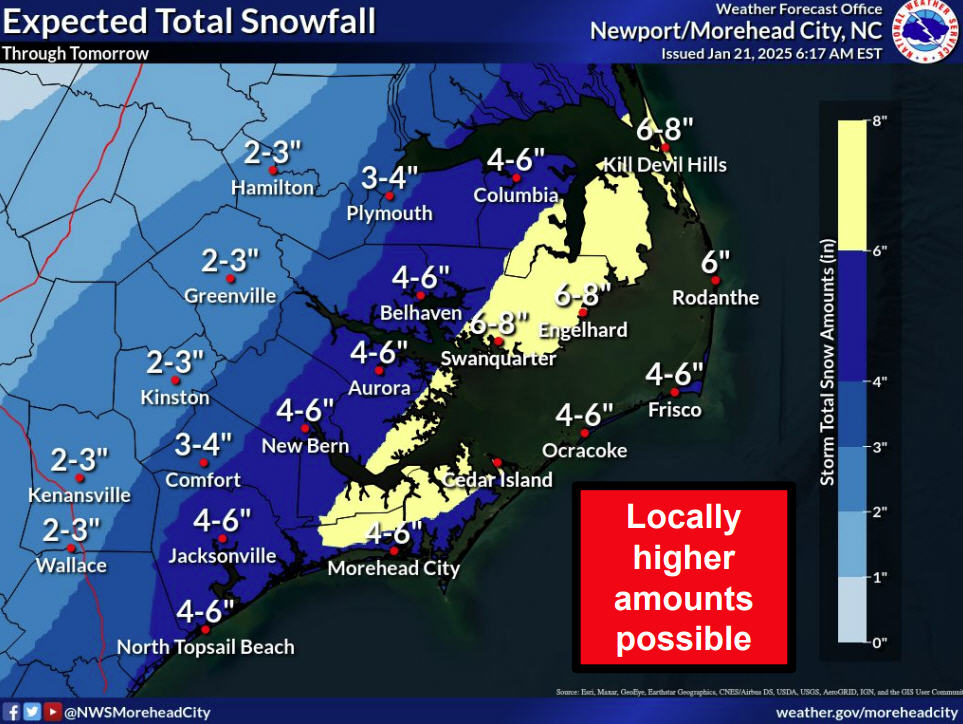


Terrific article, Mary Ellen, and congratulations, John!